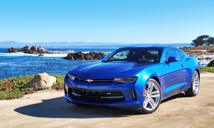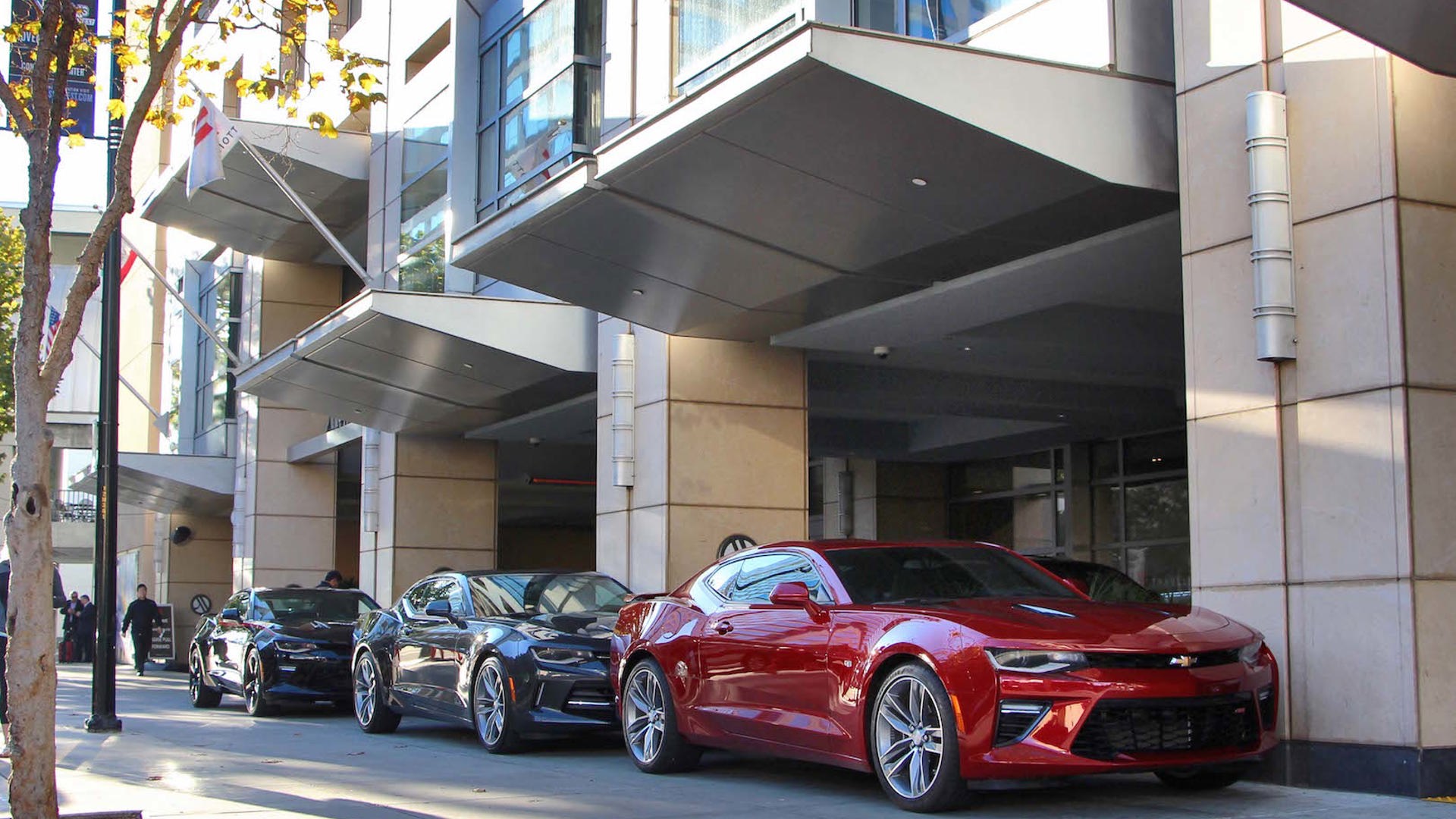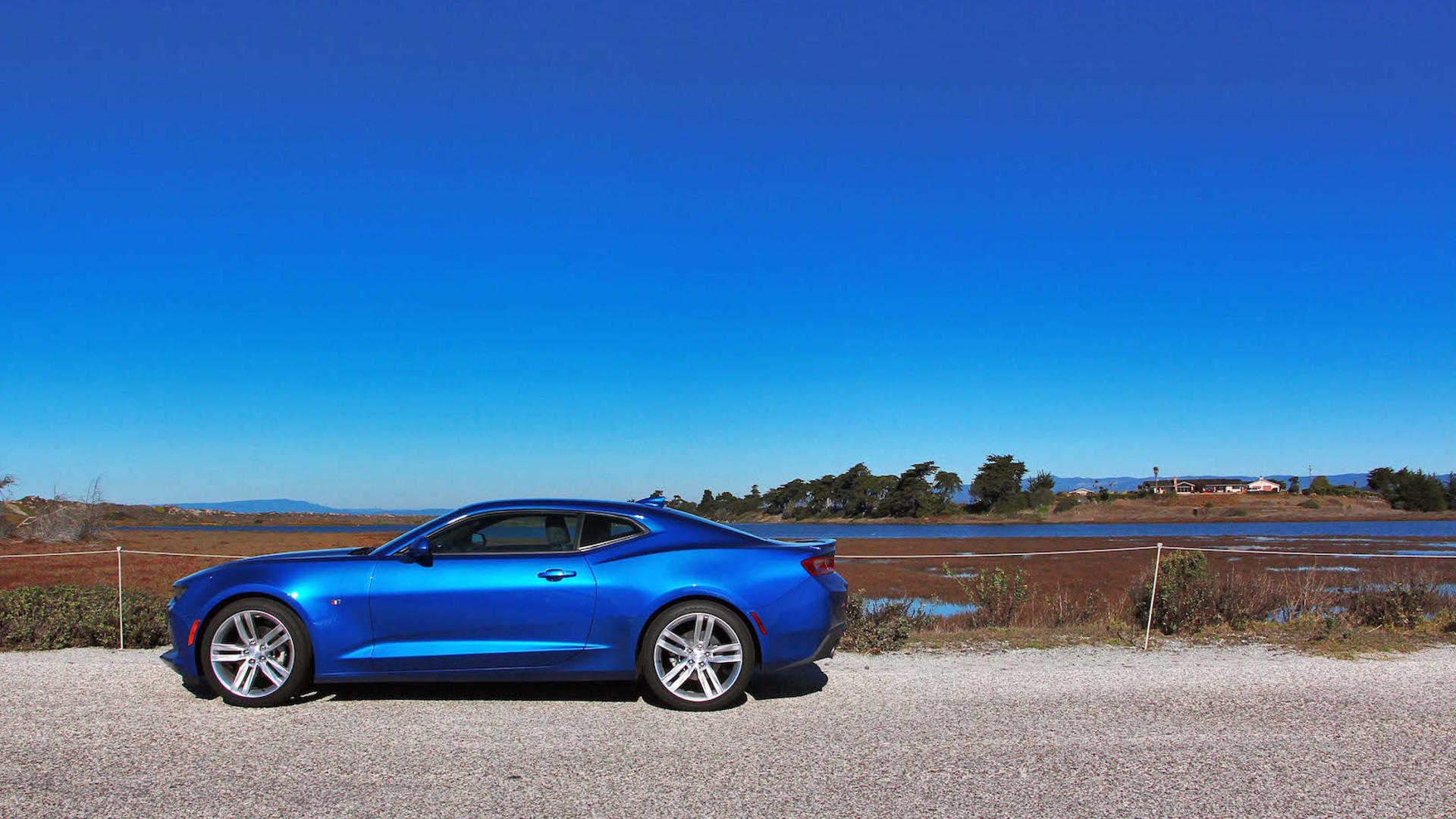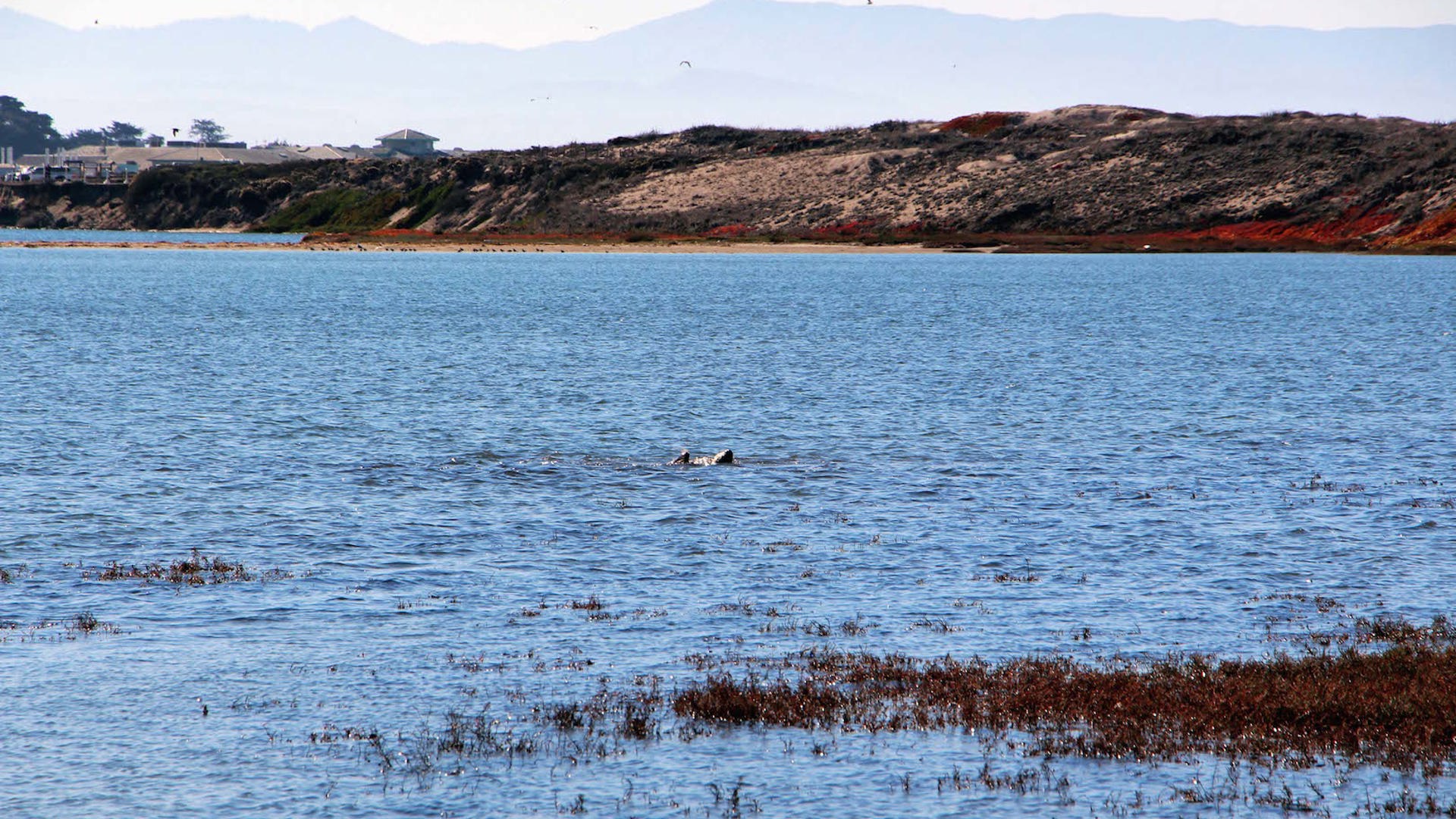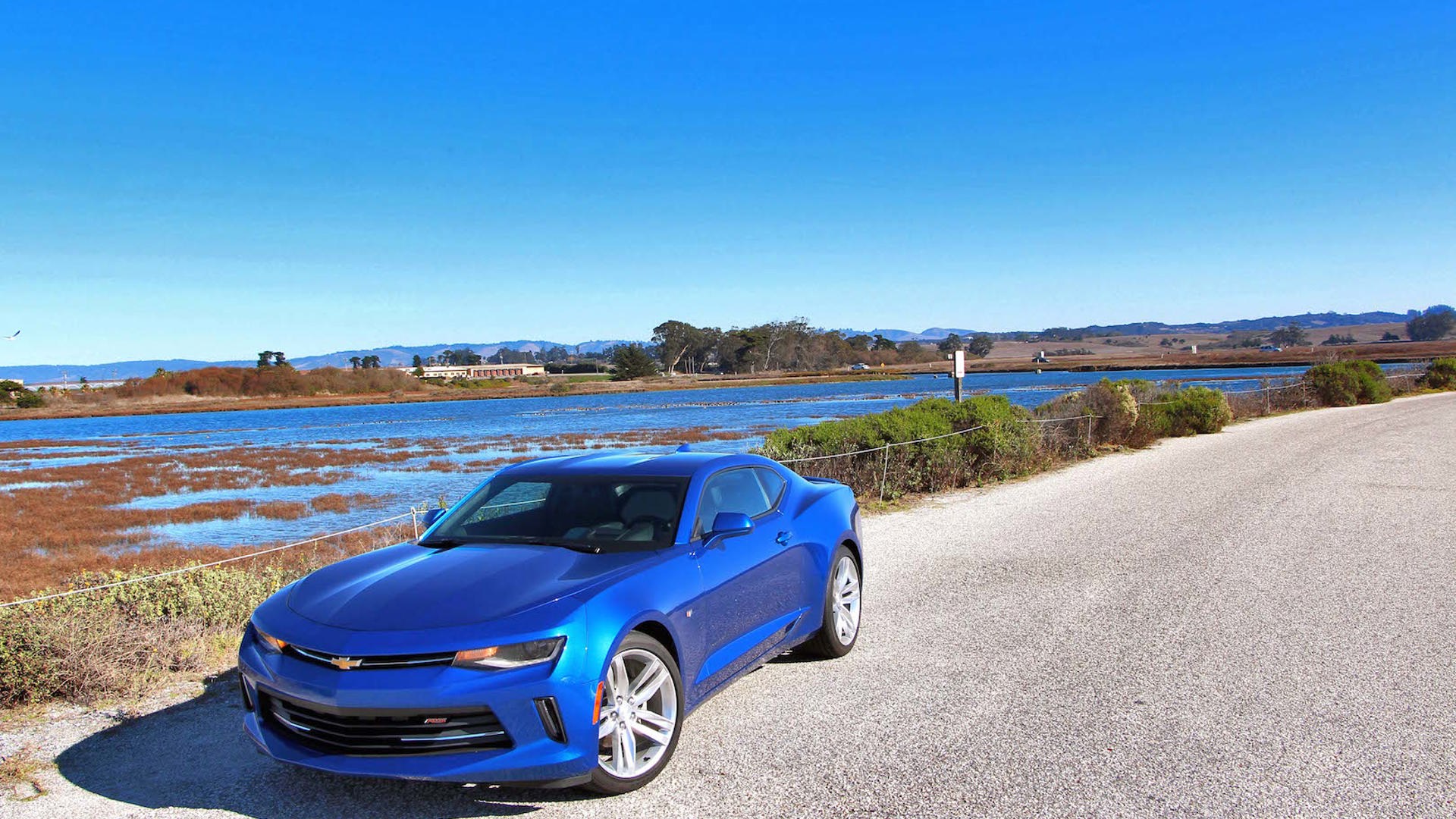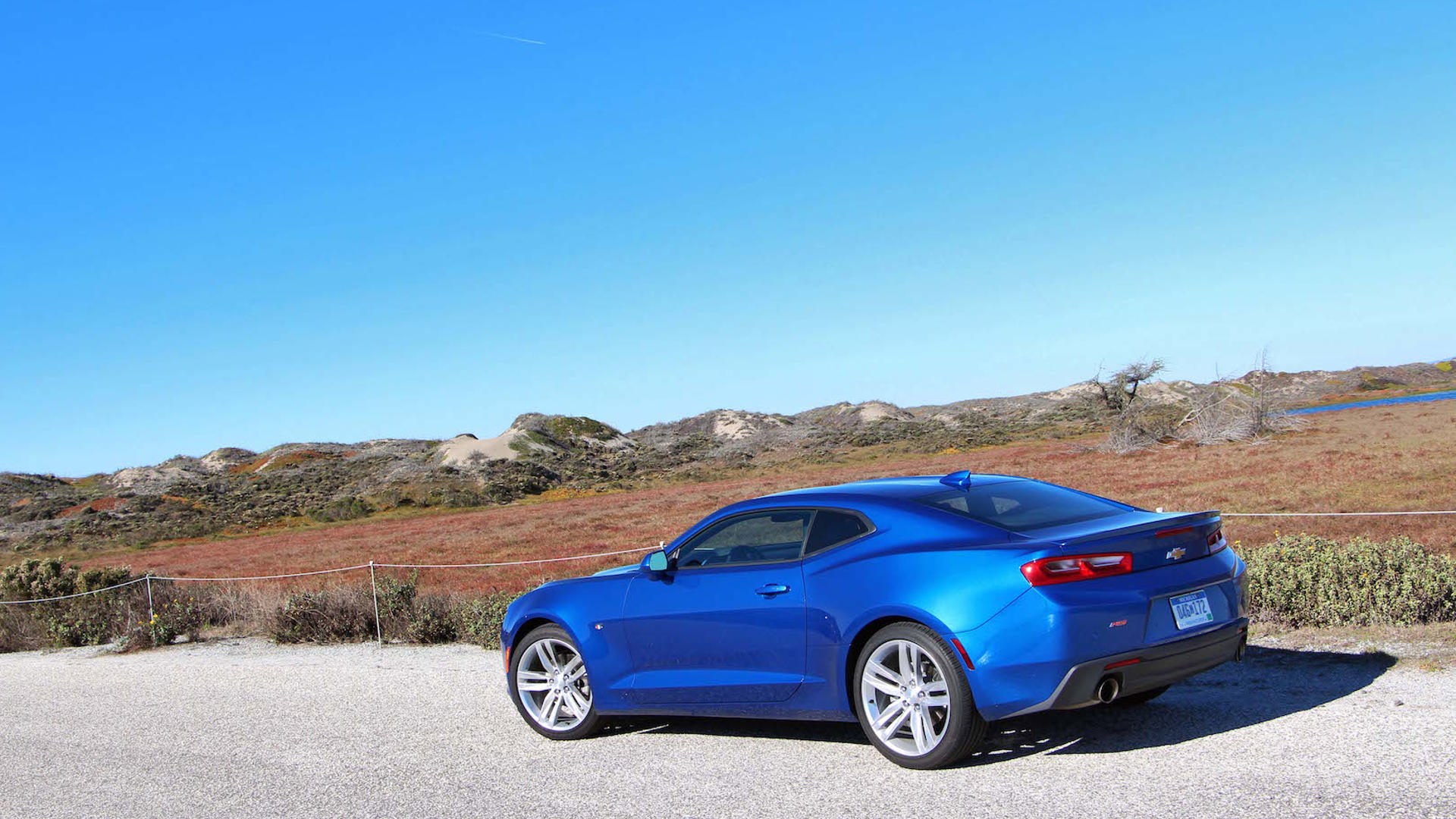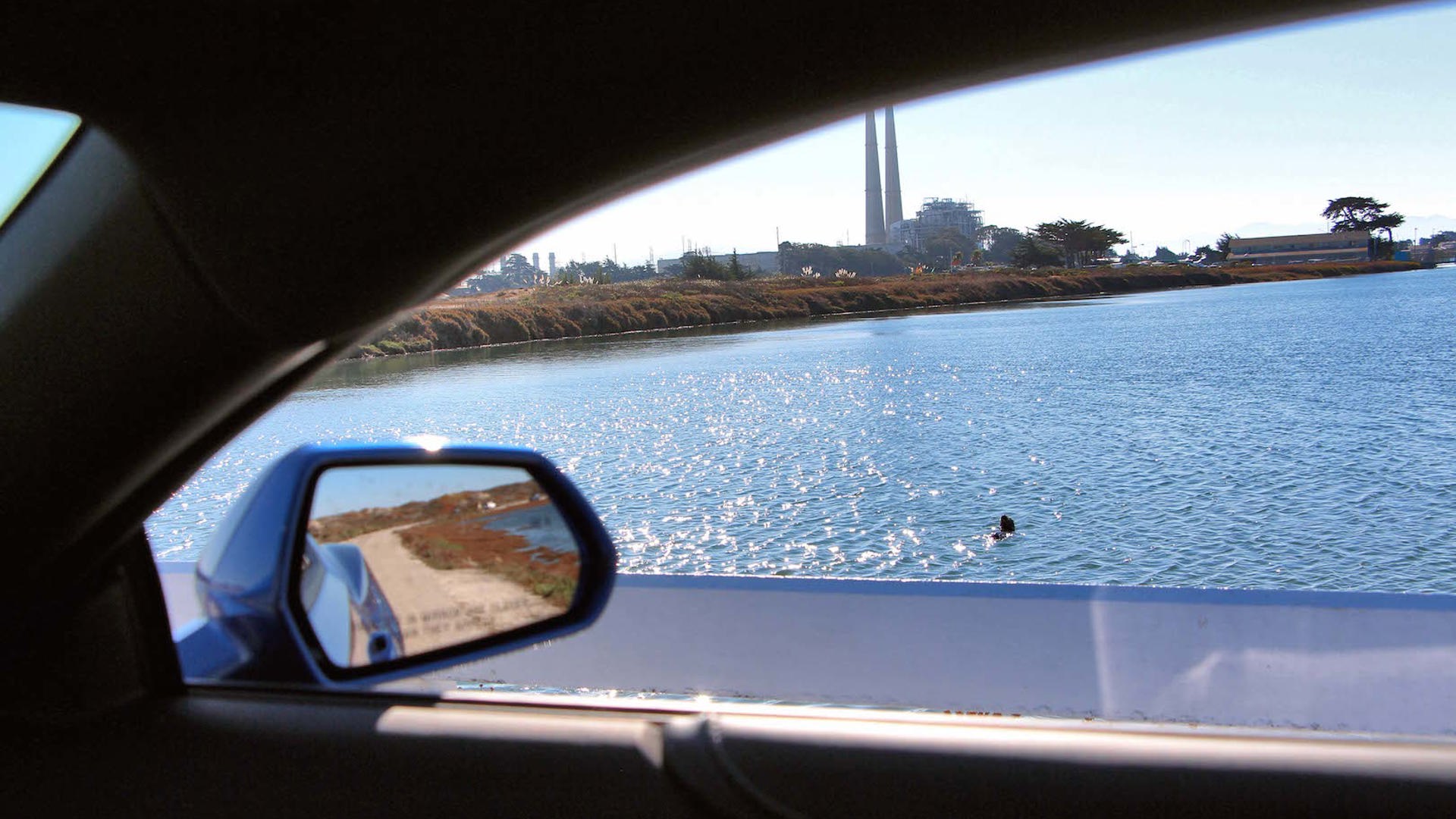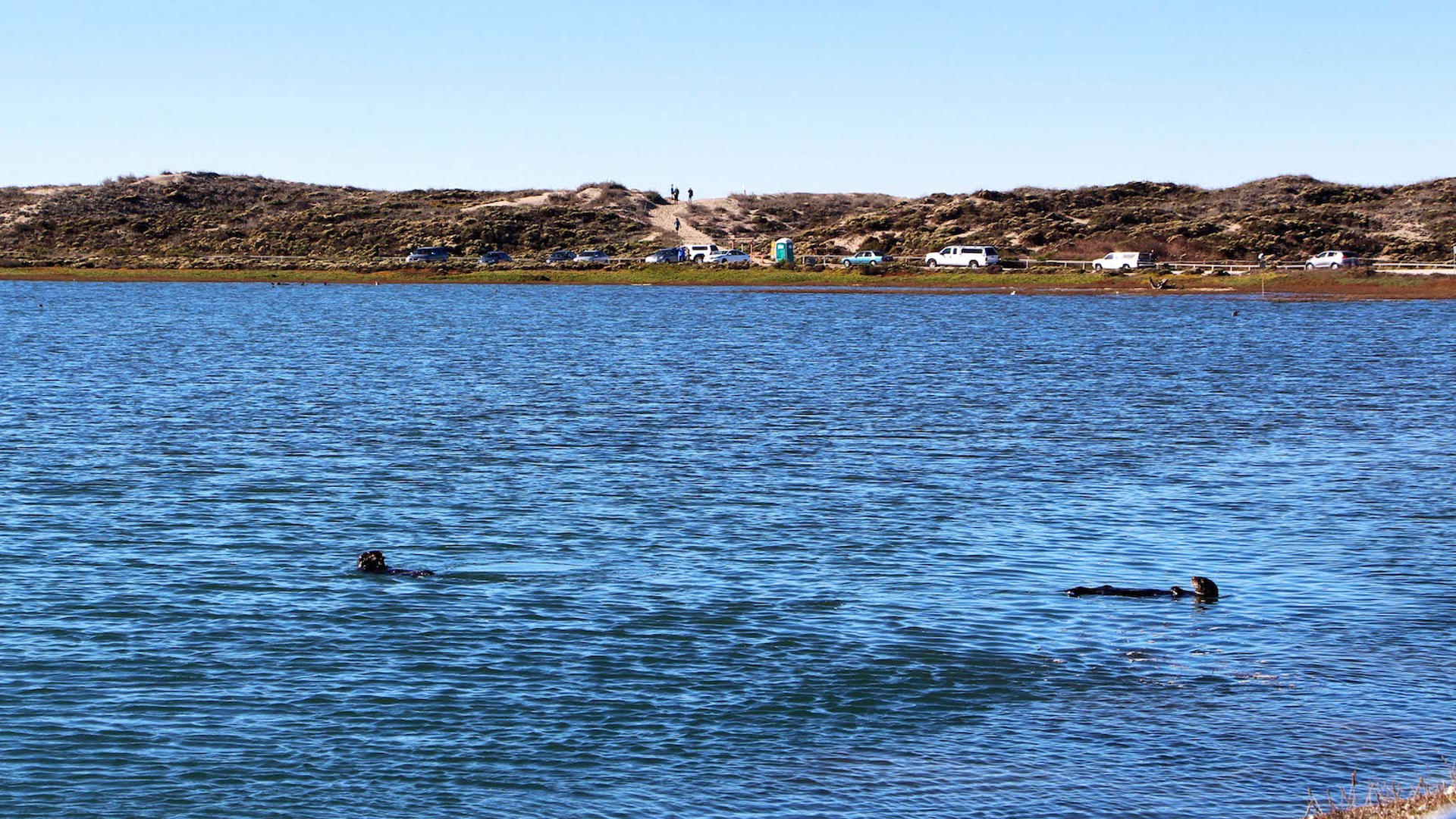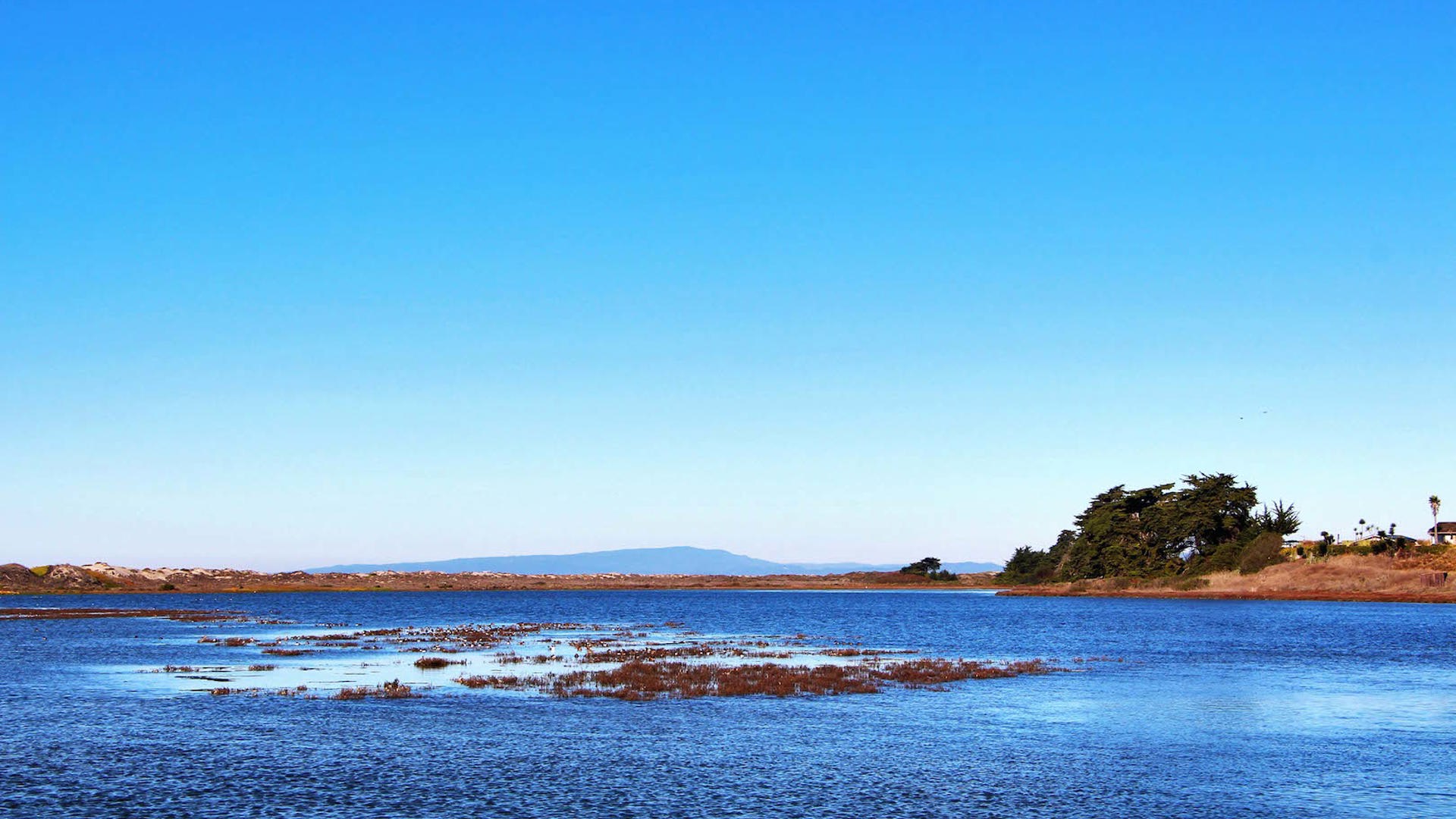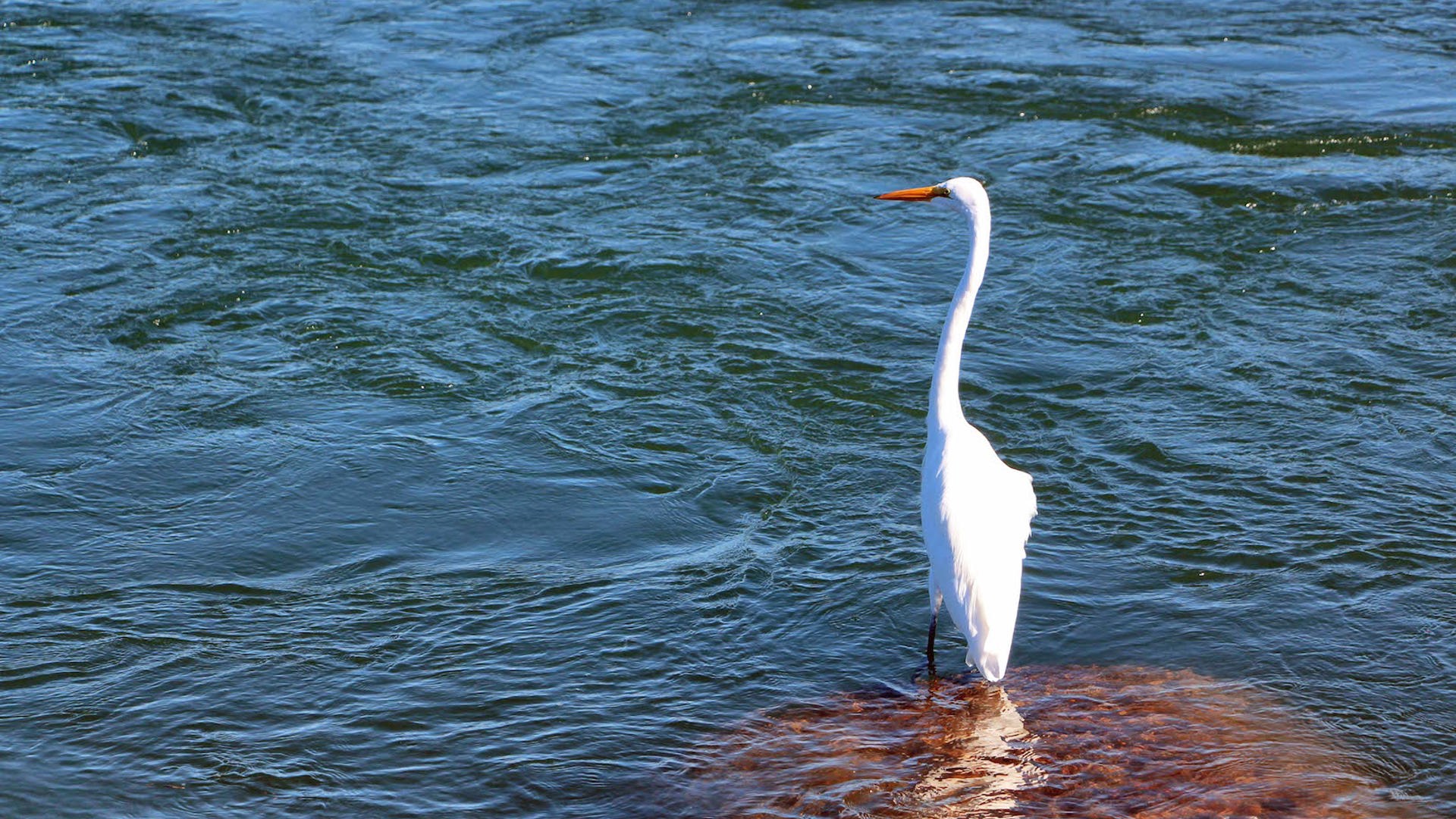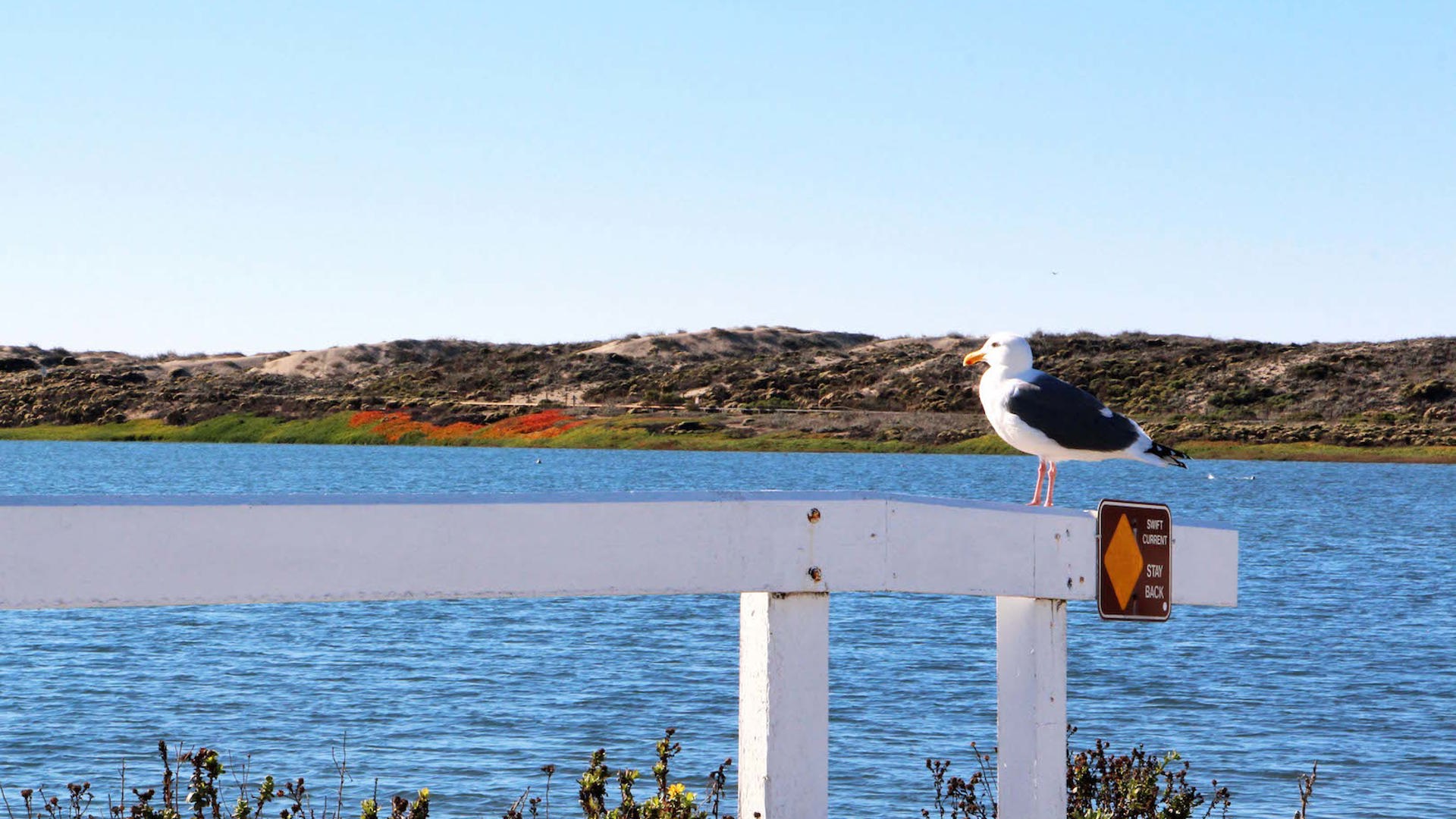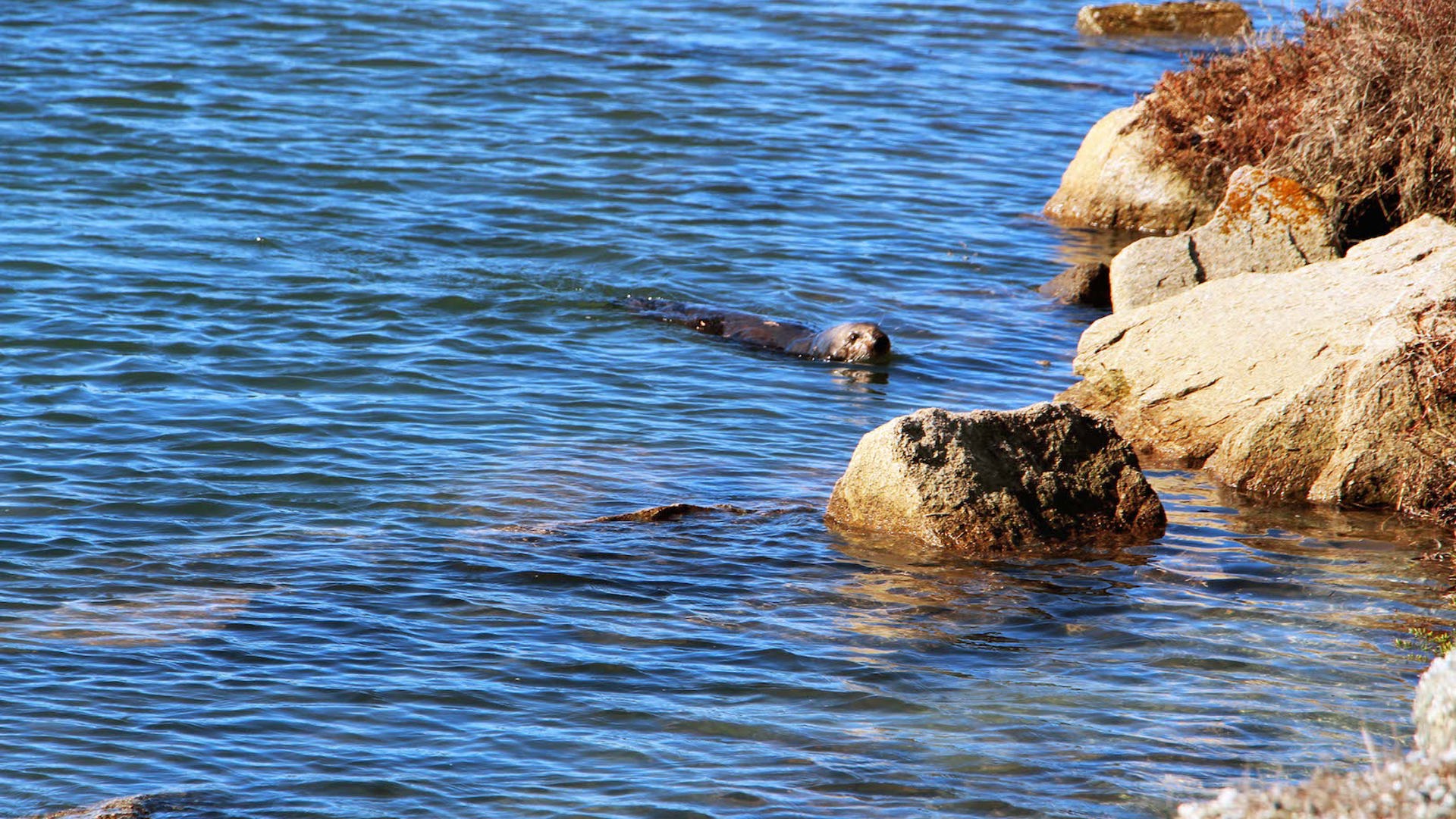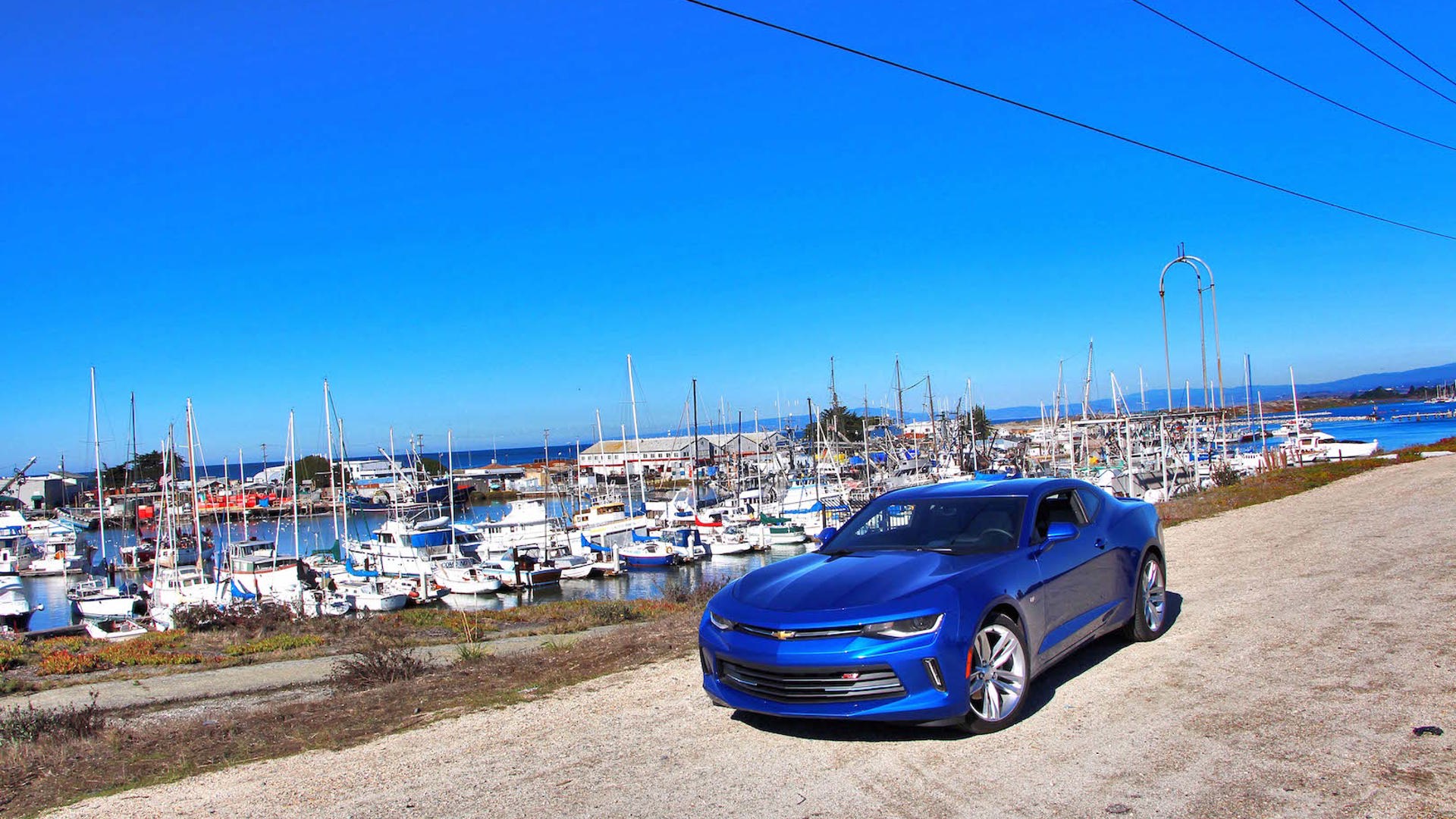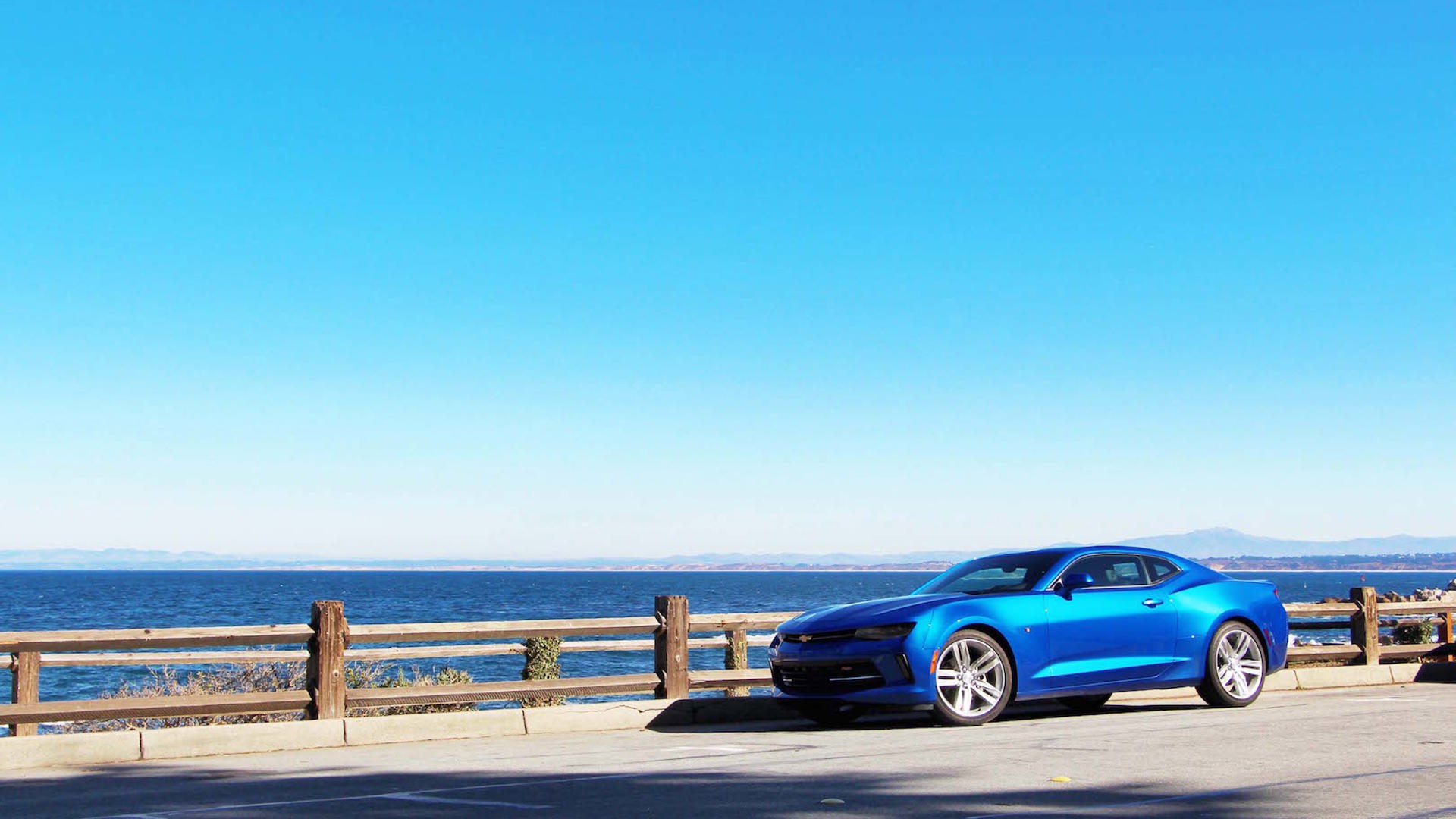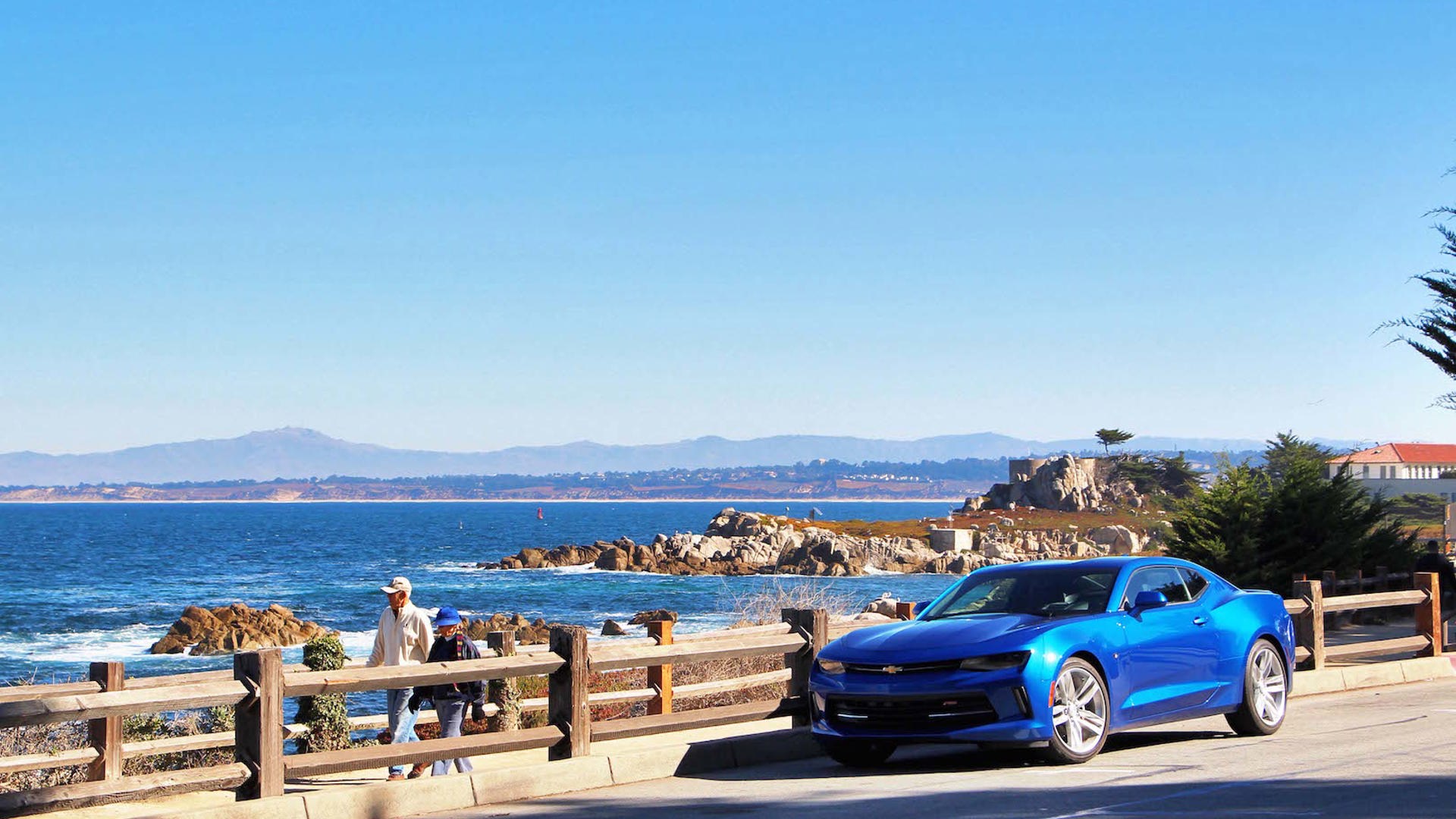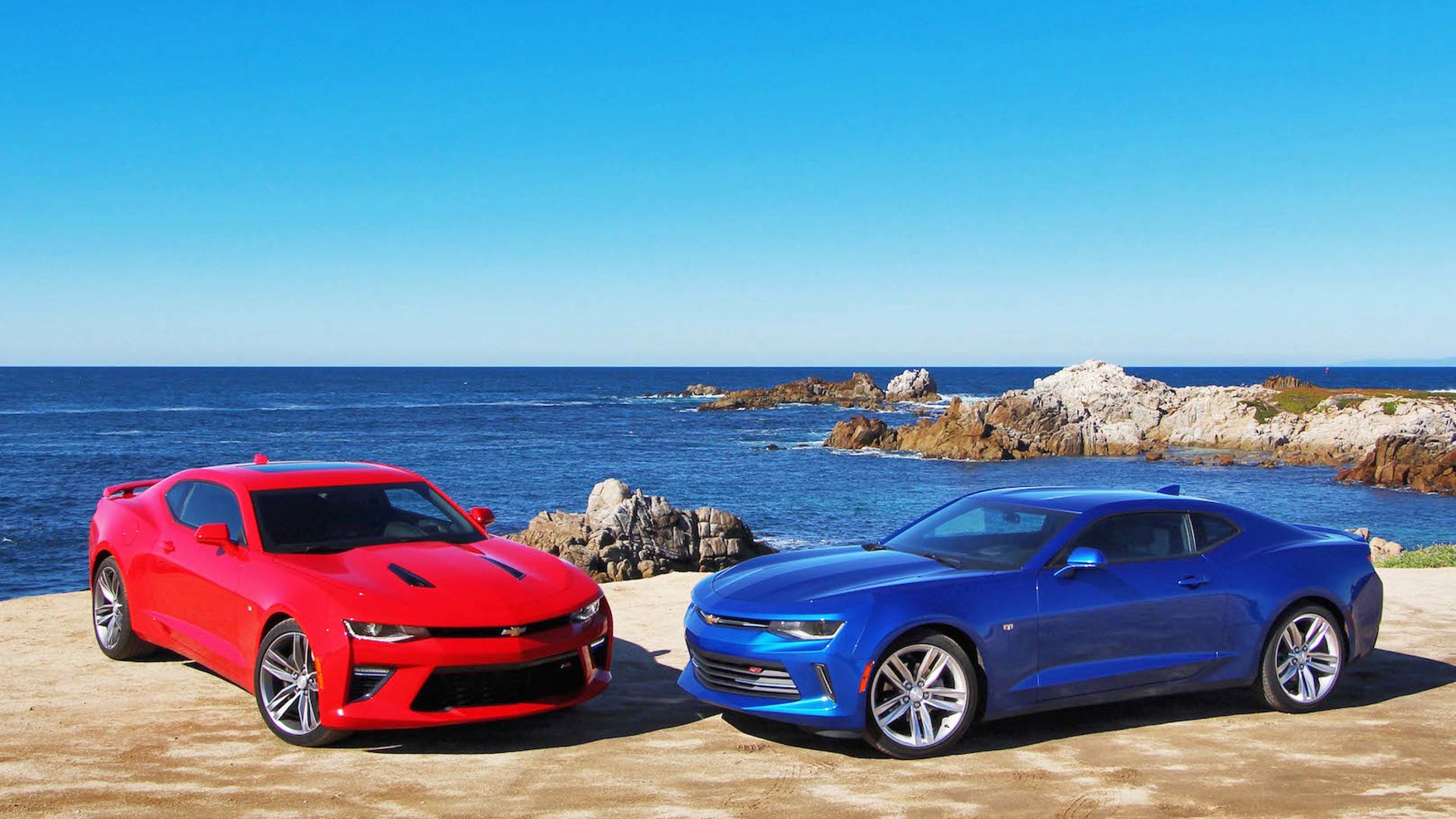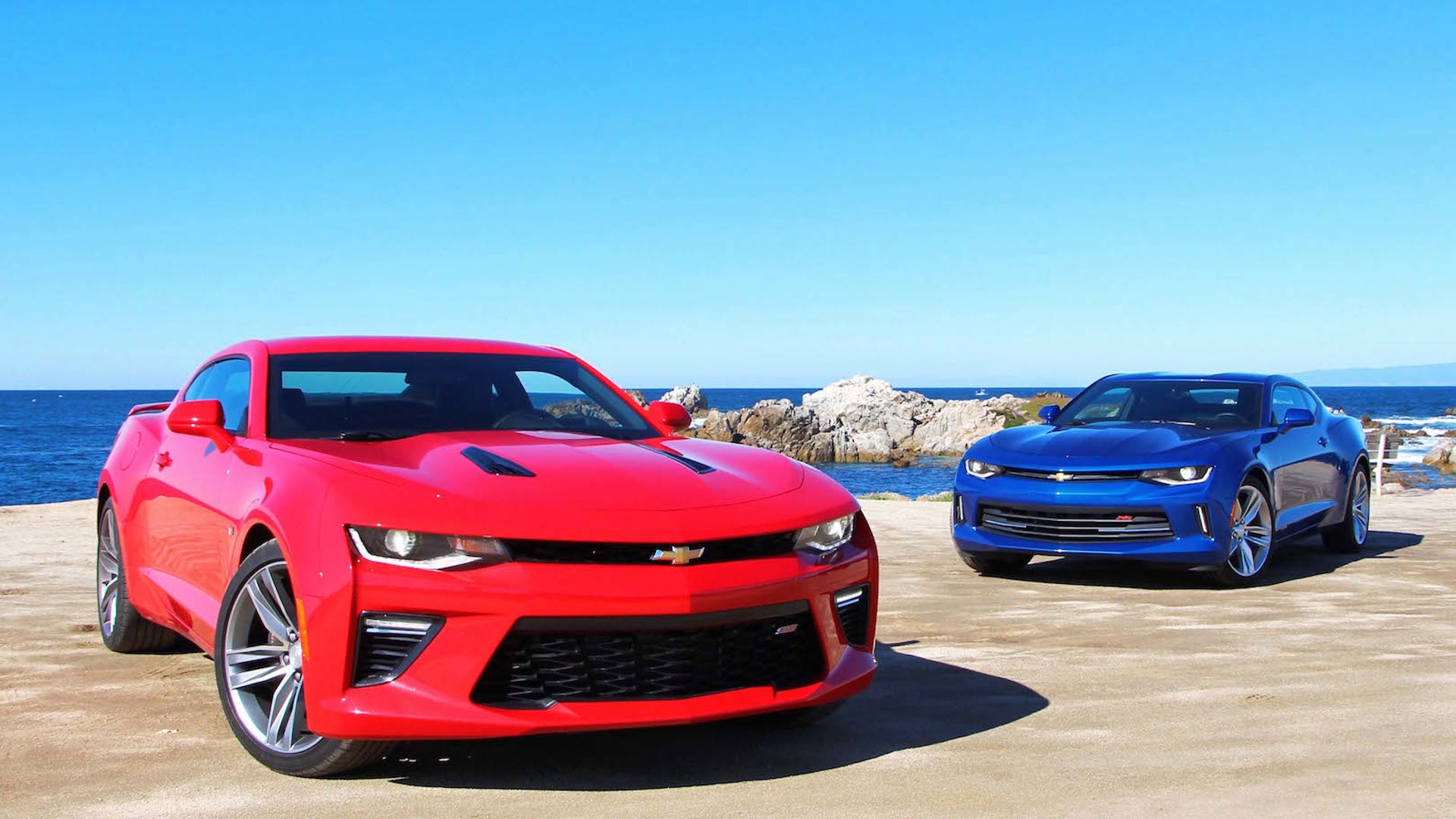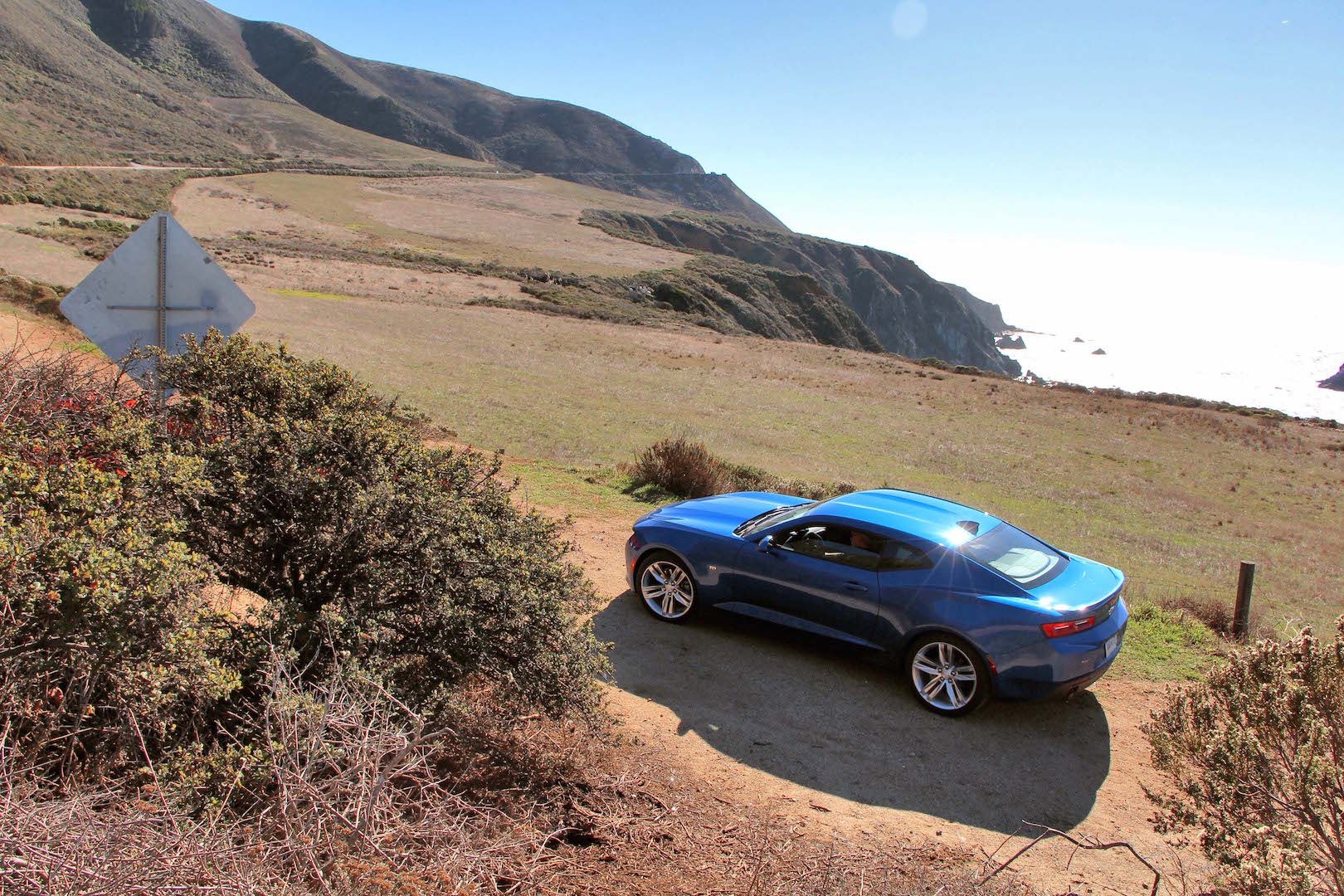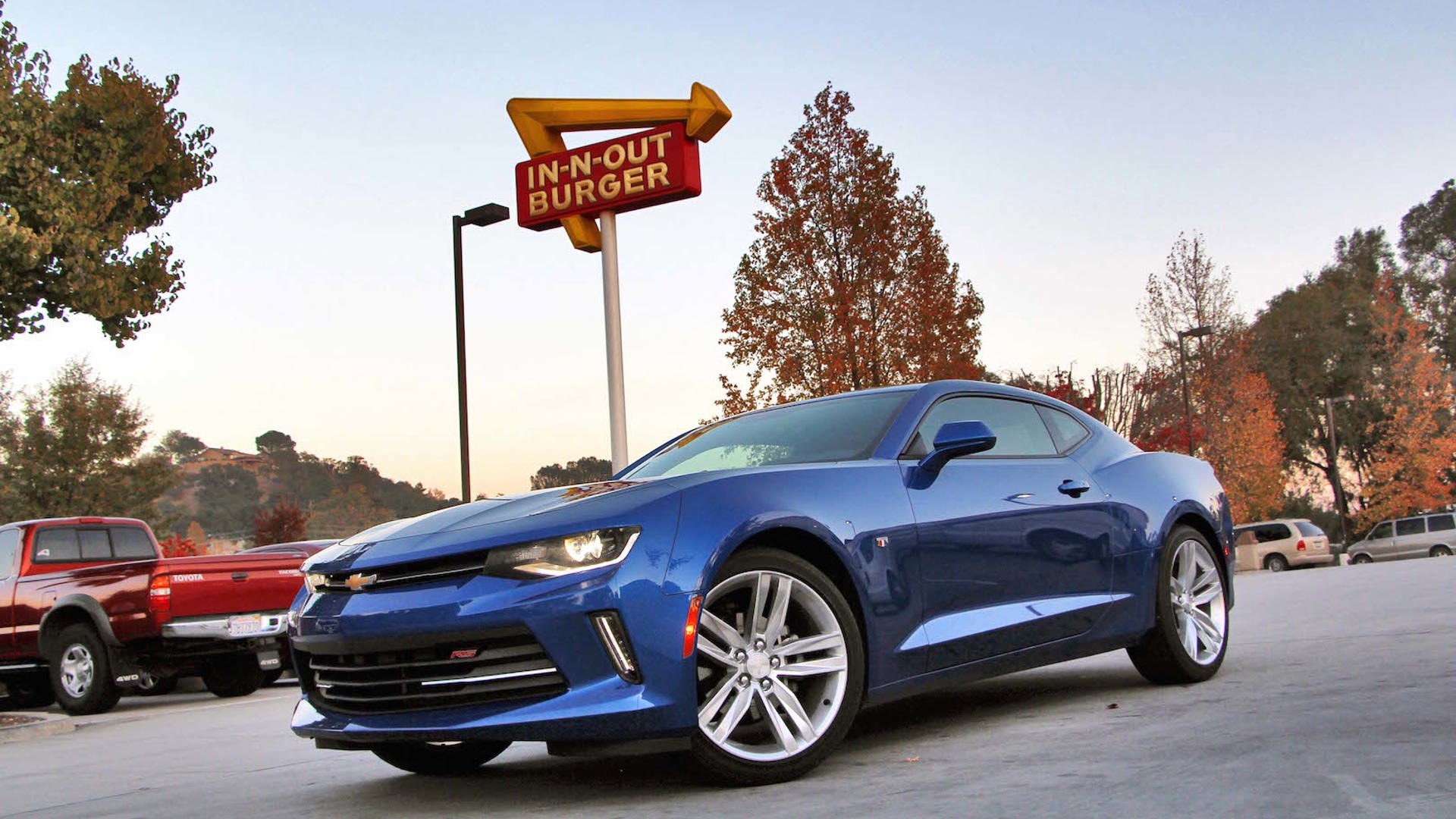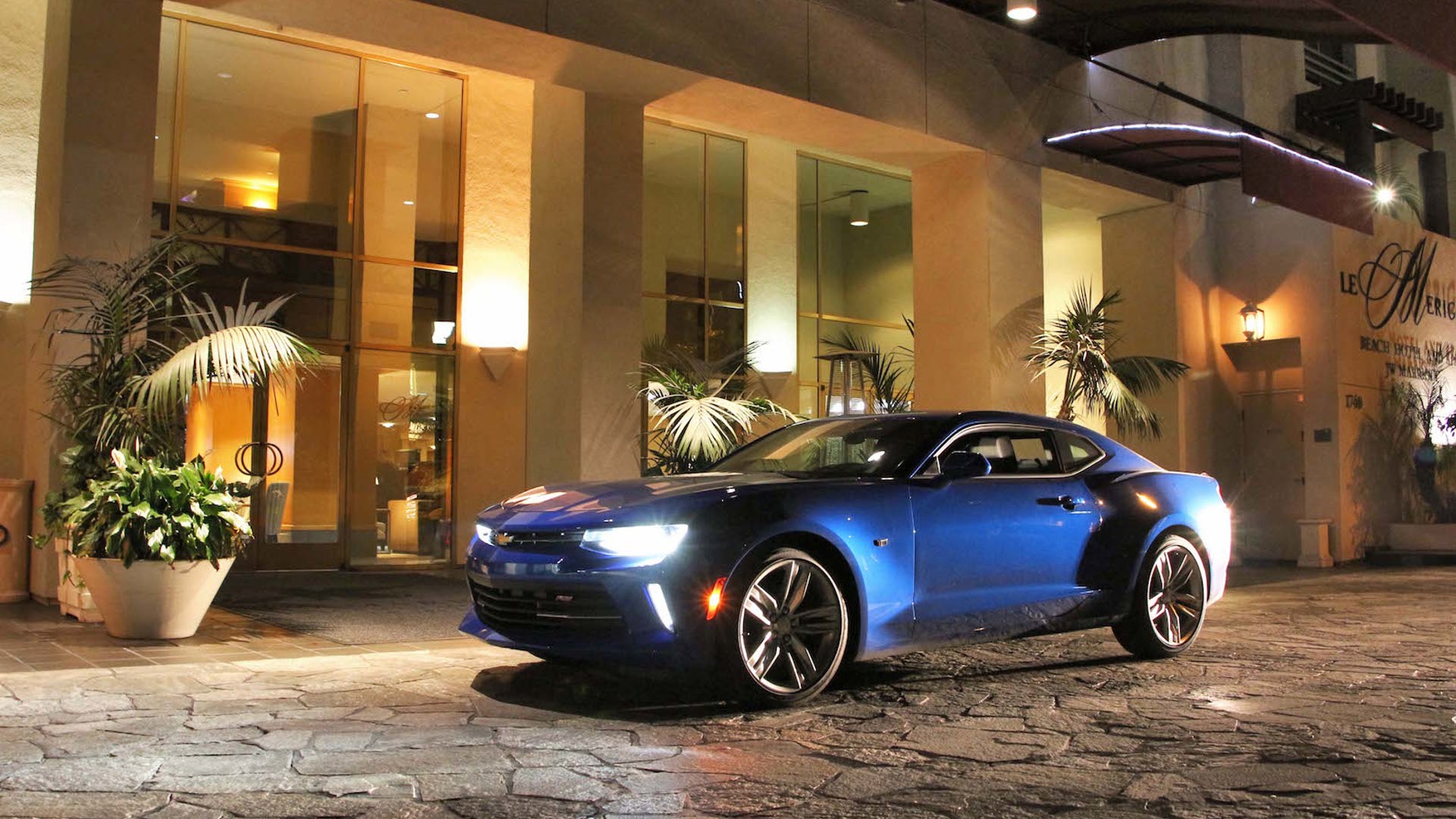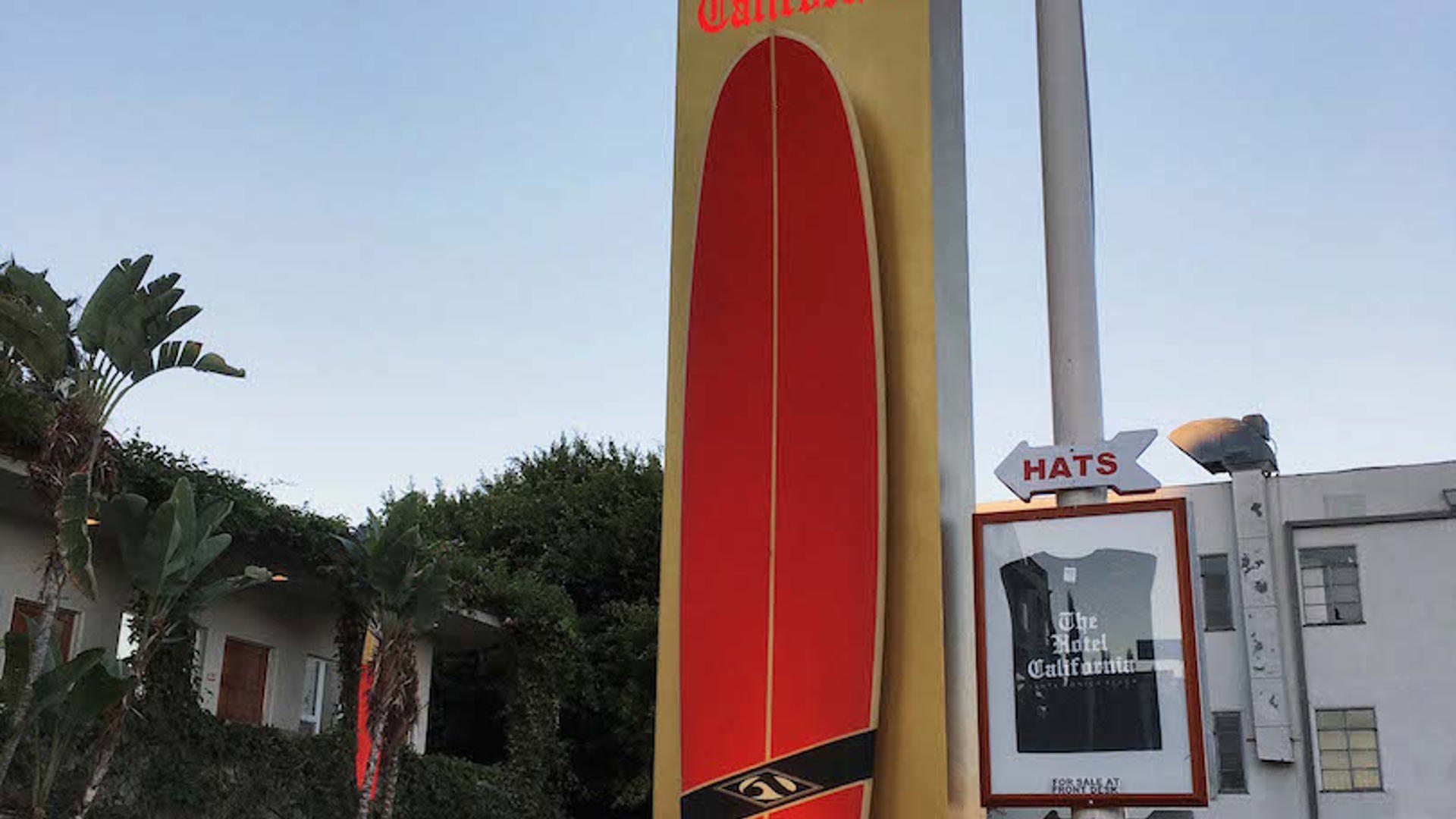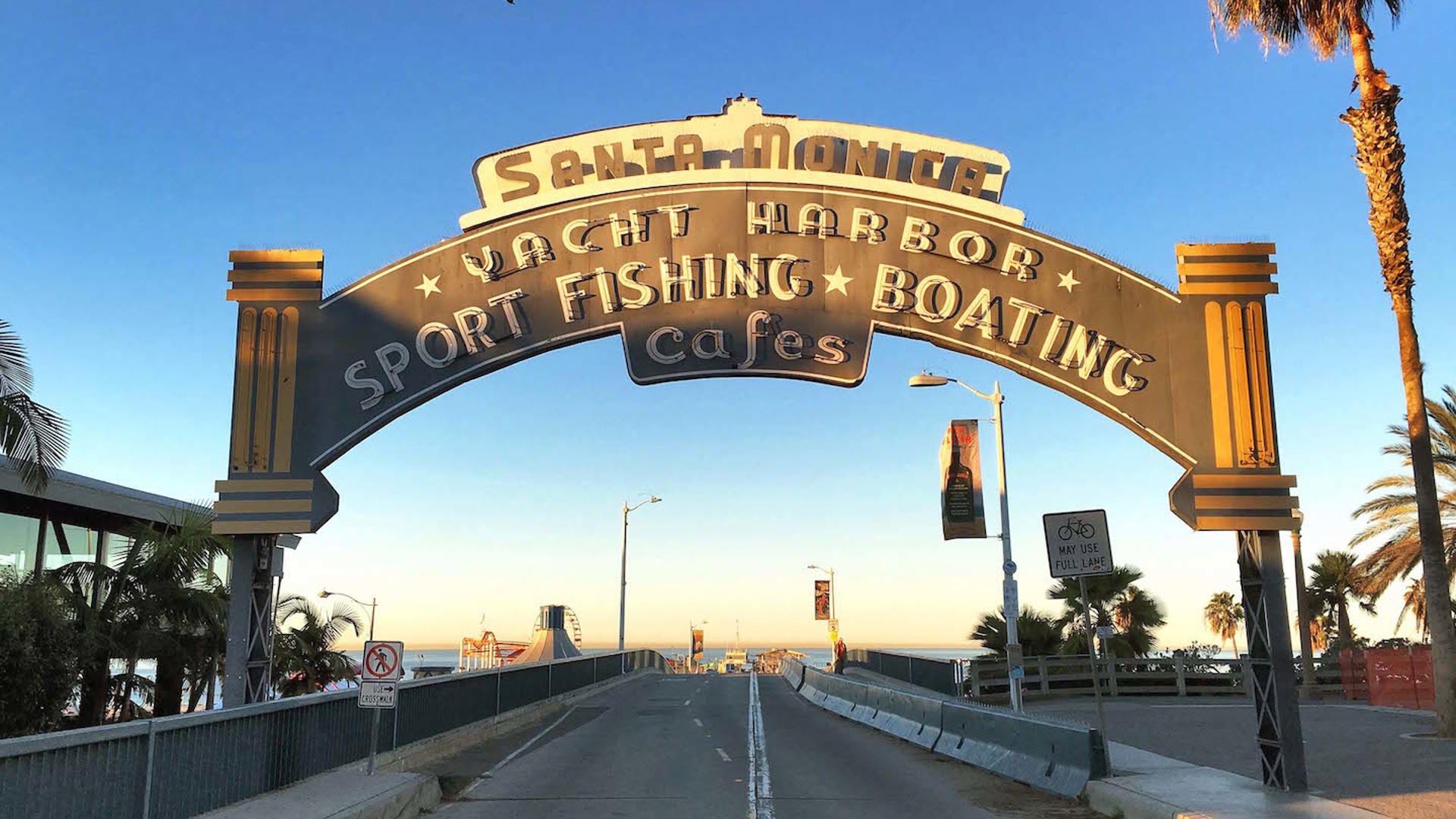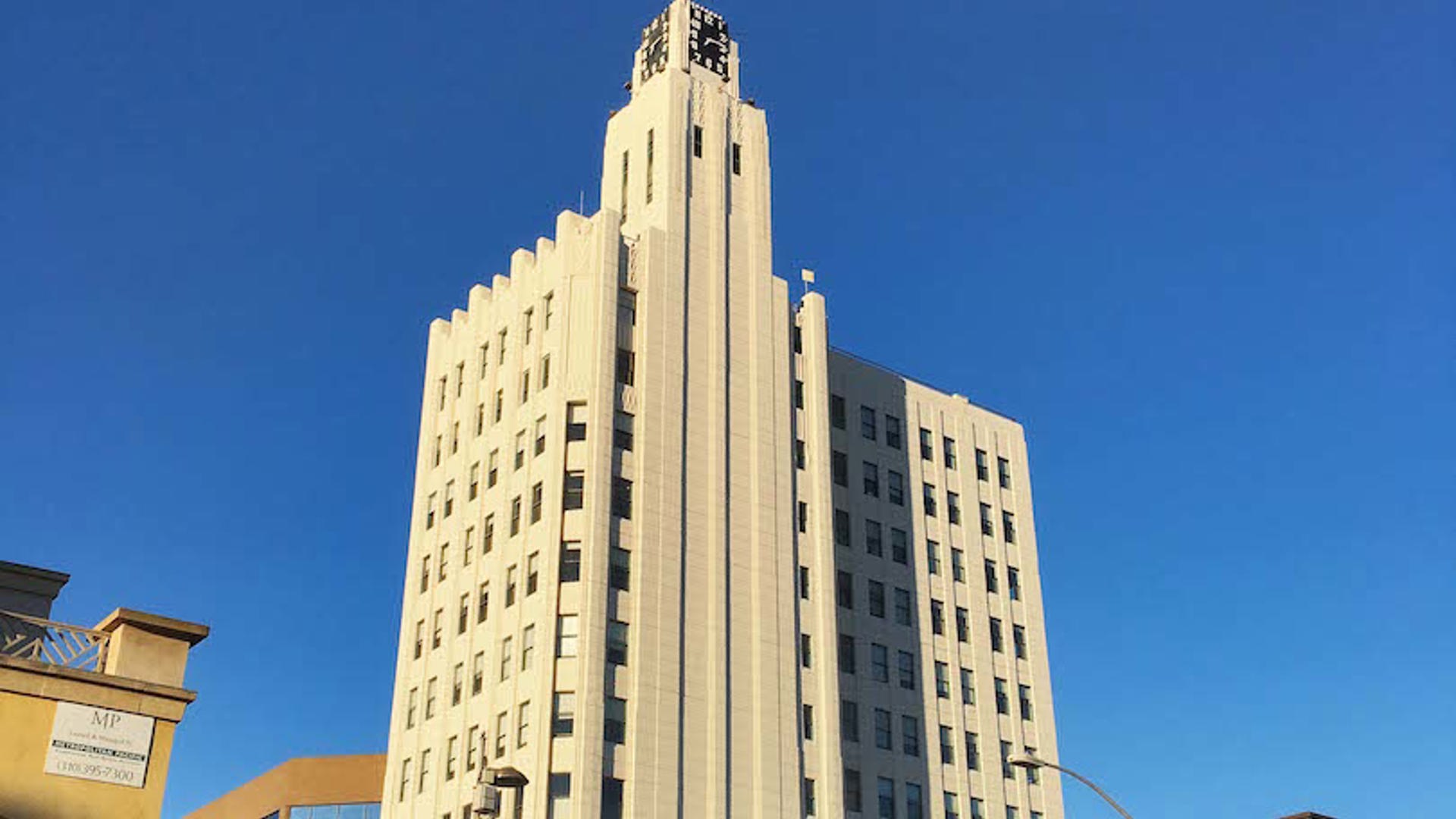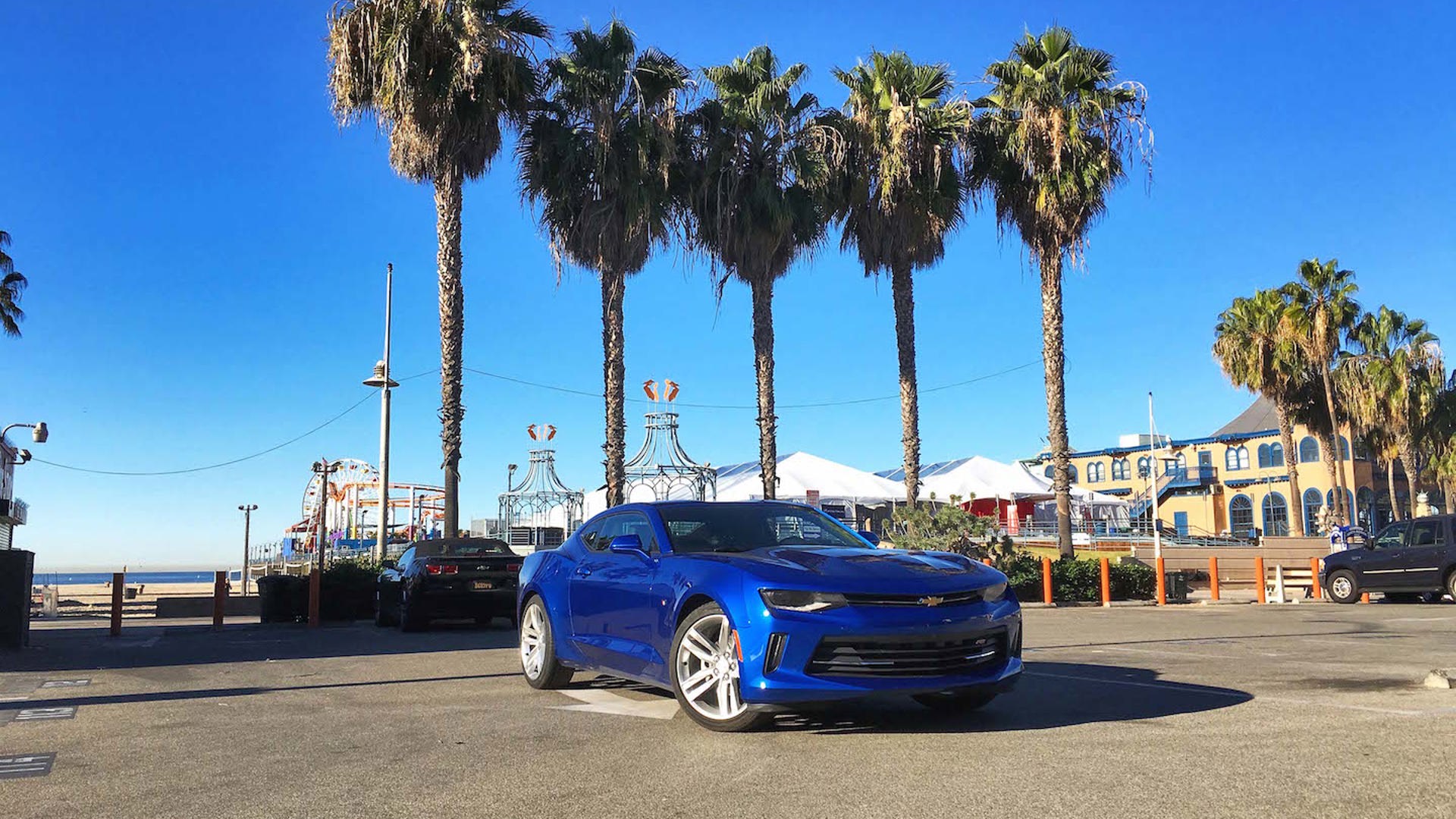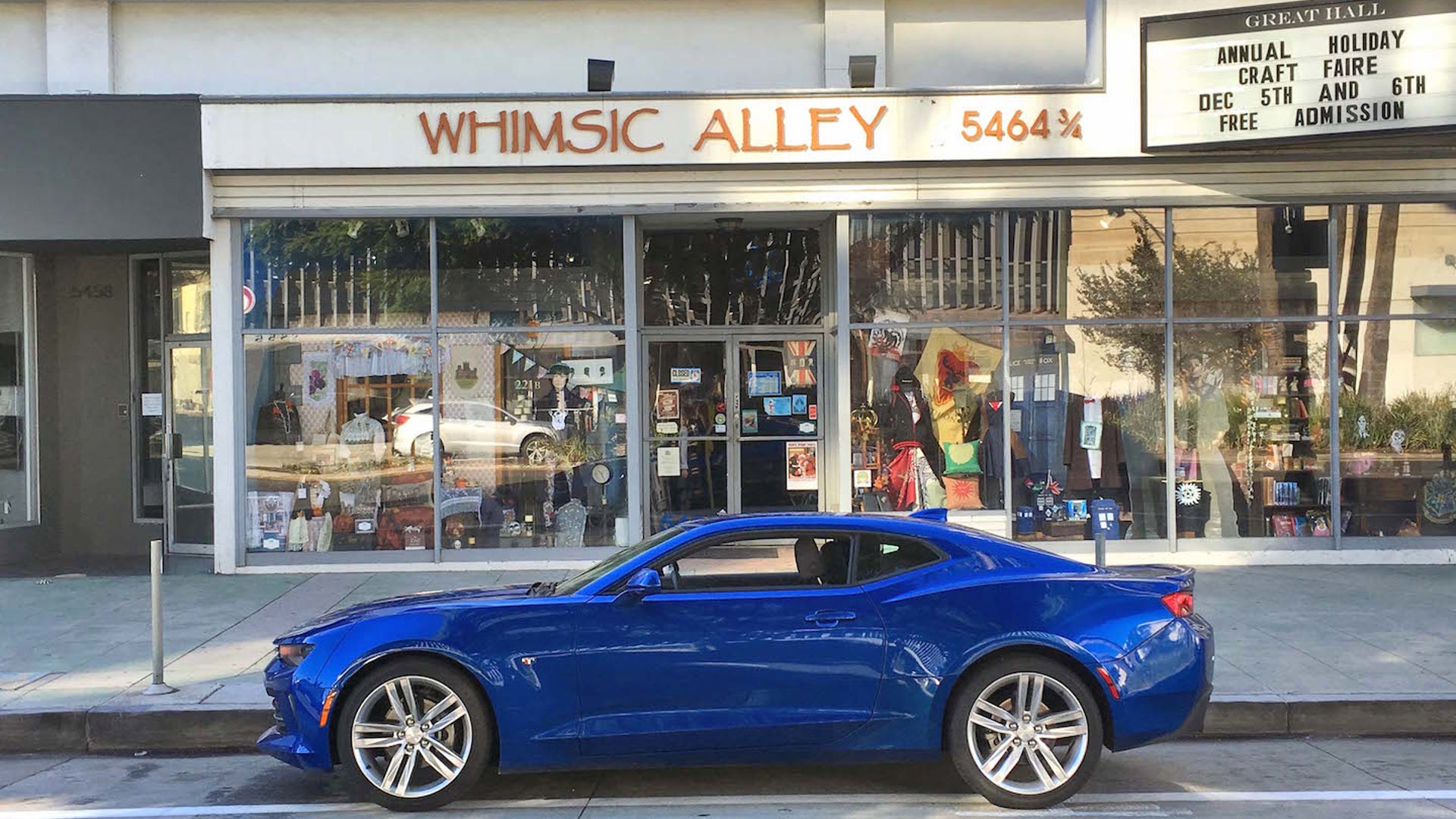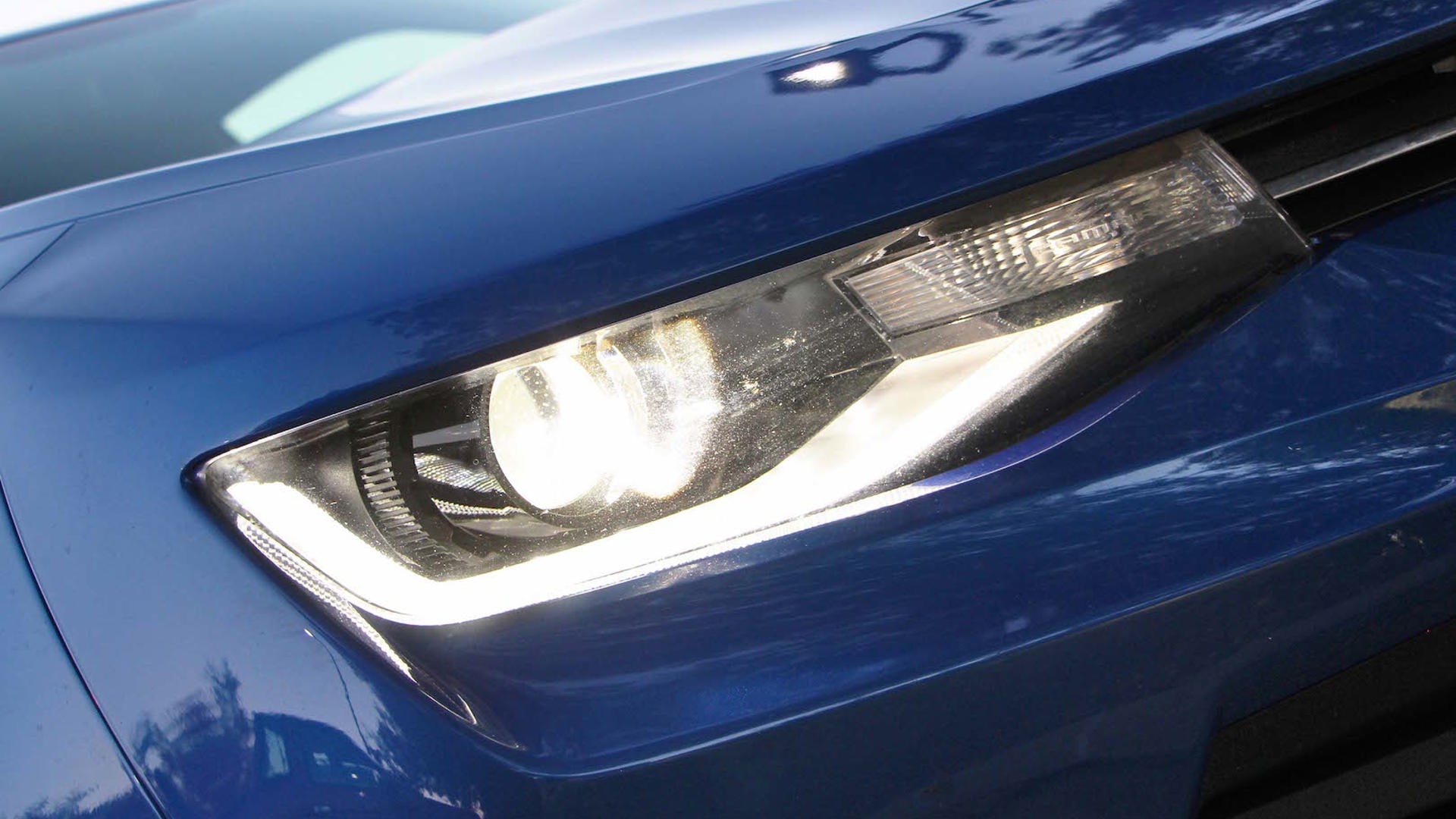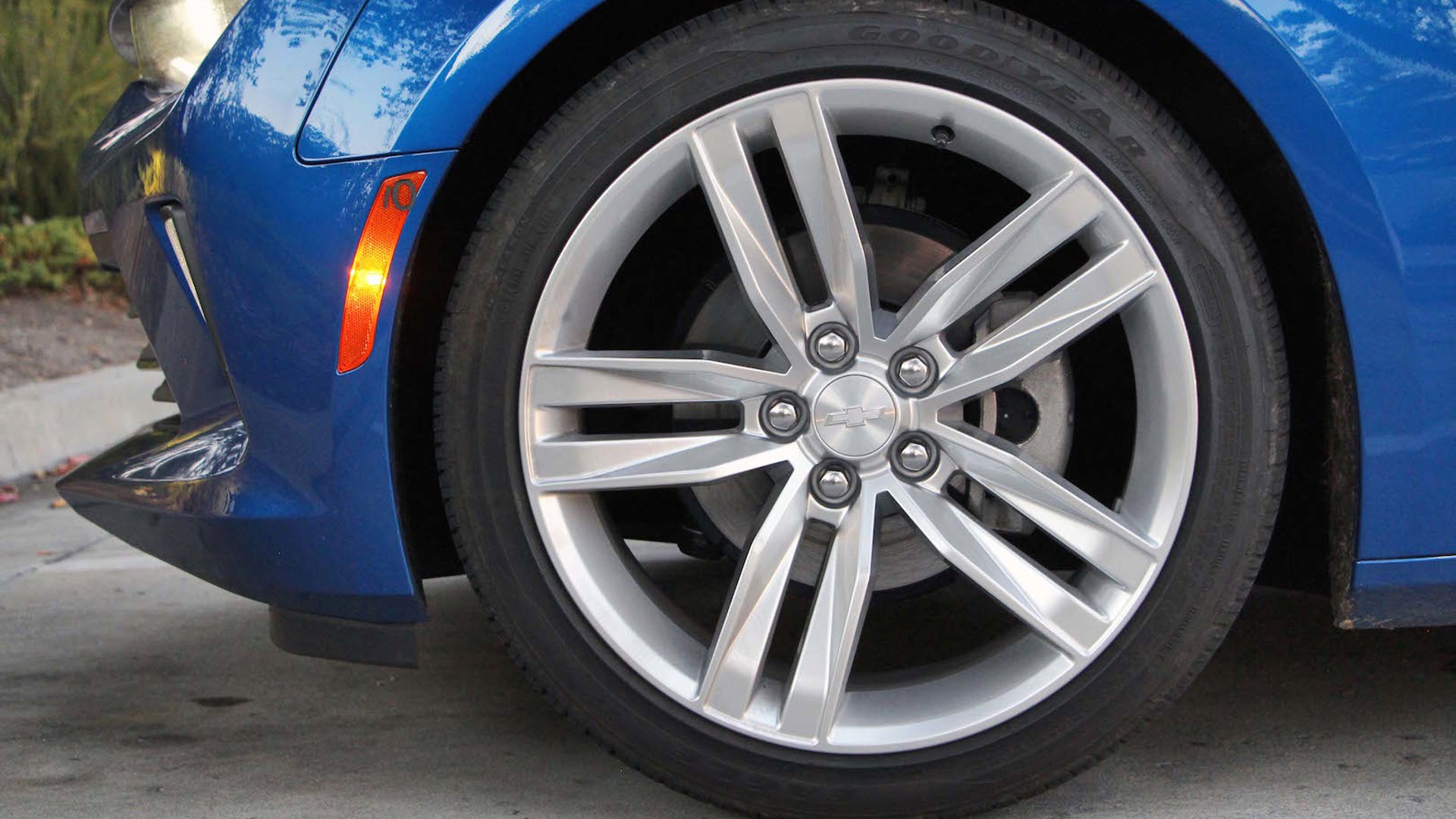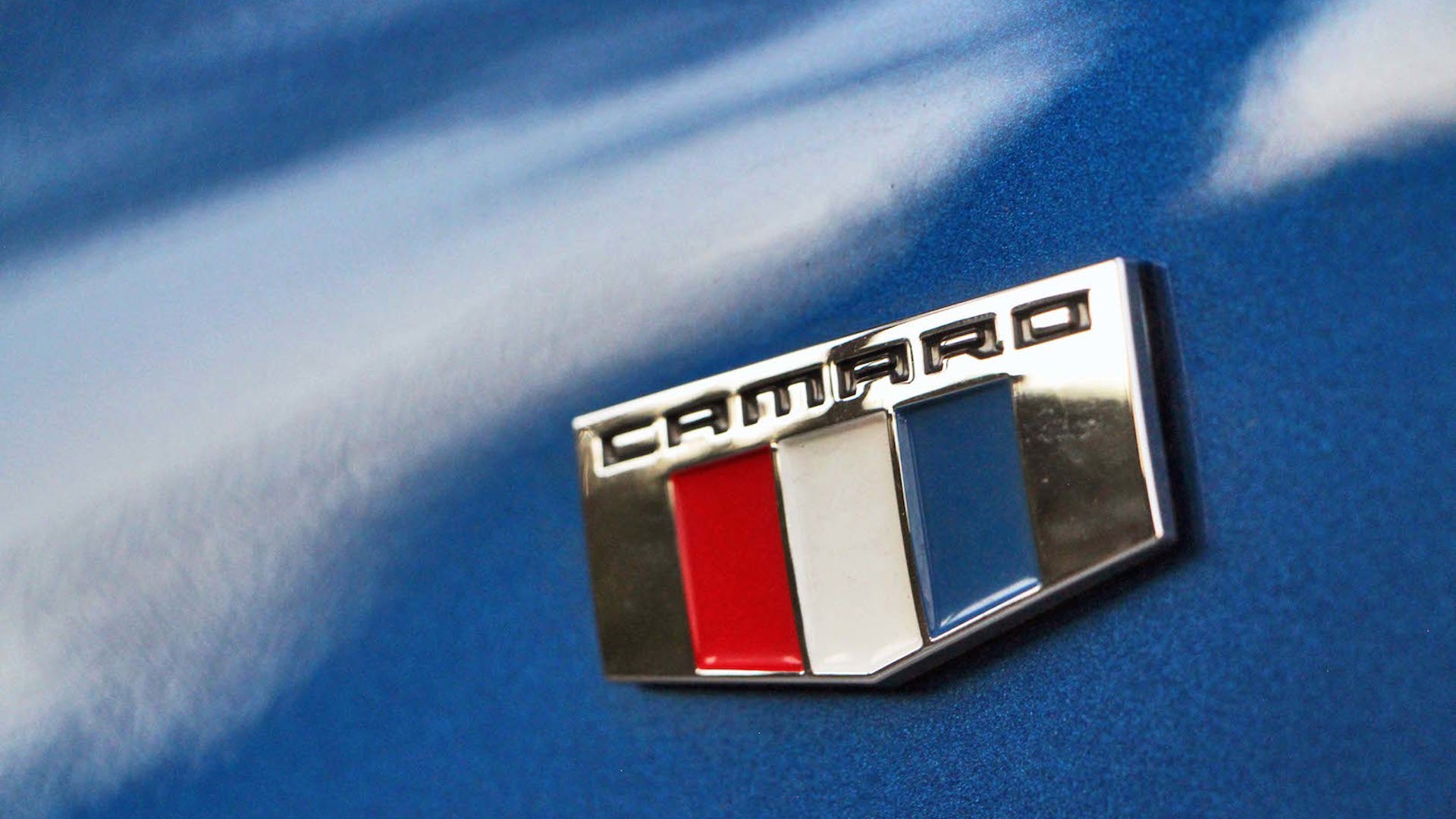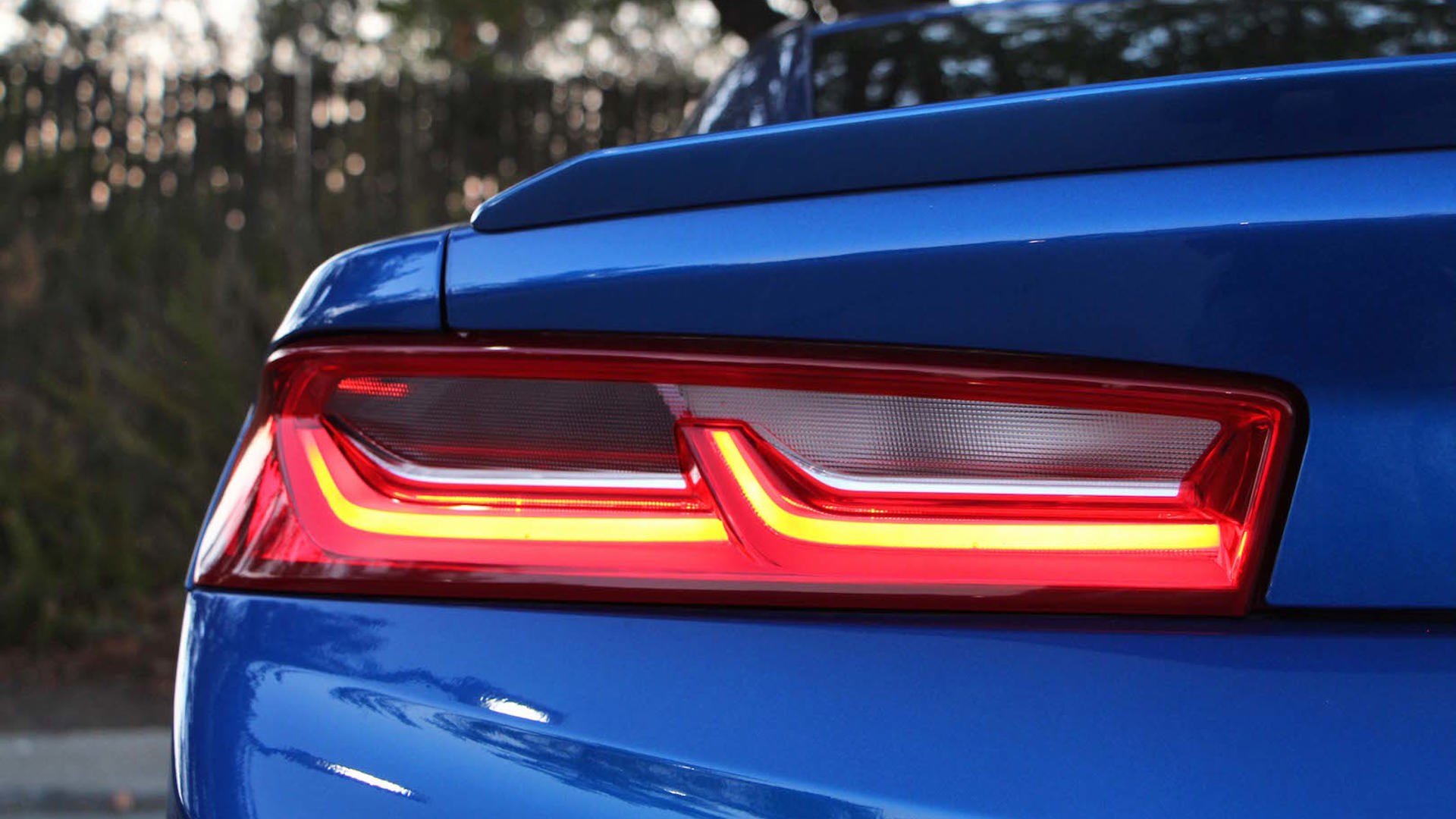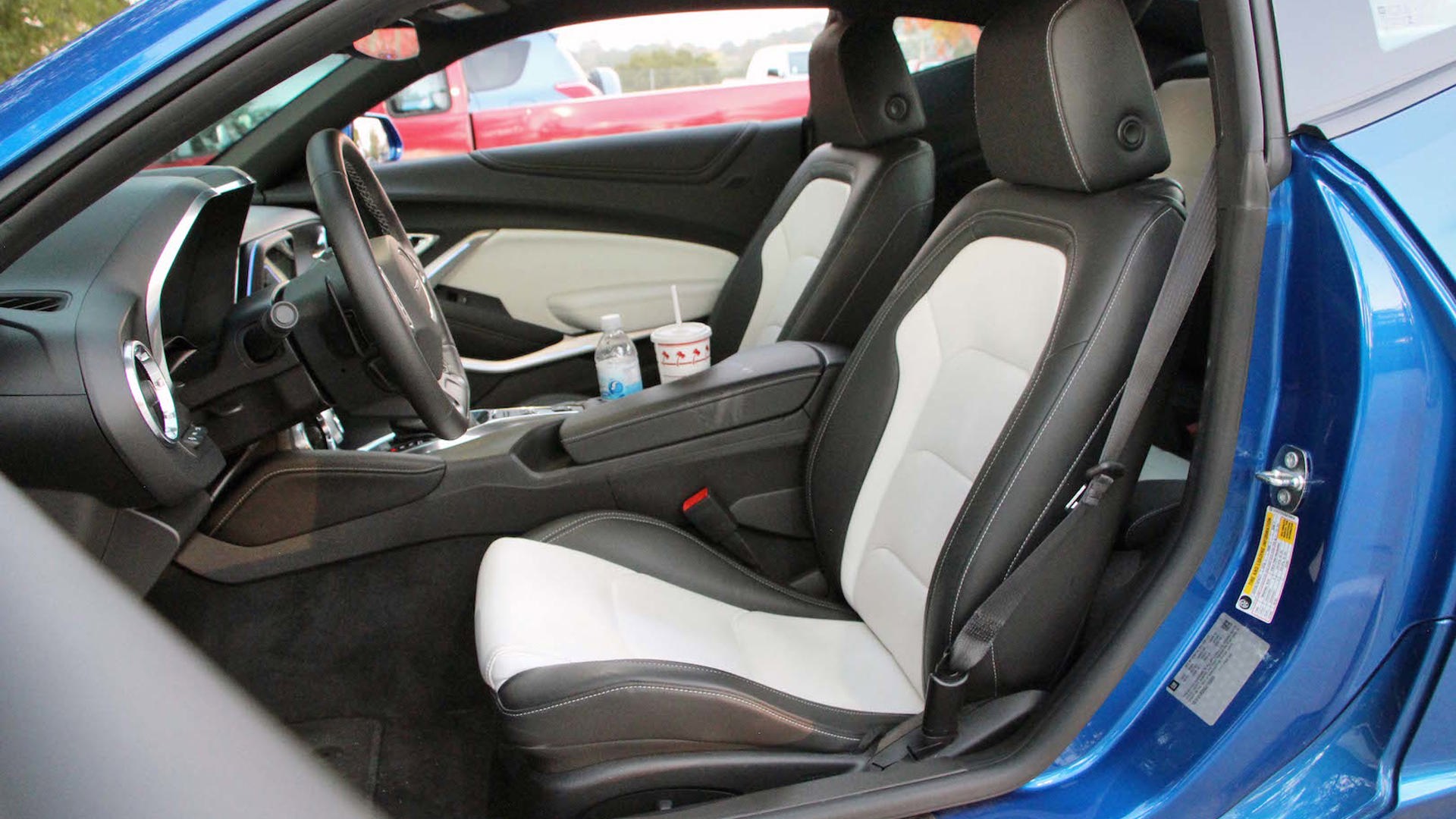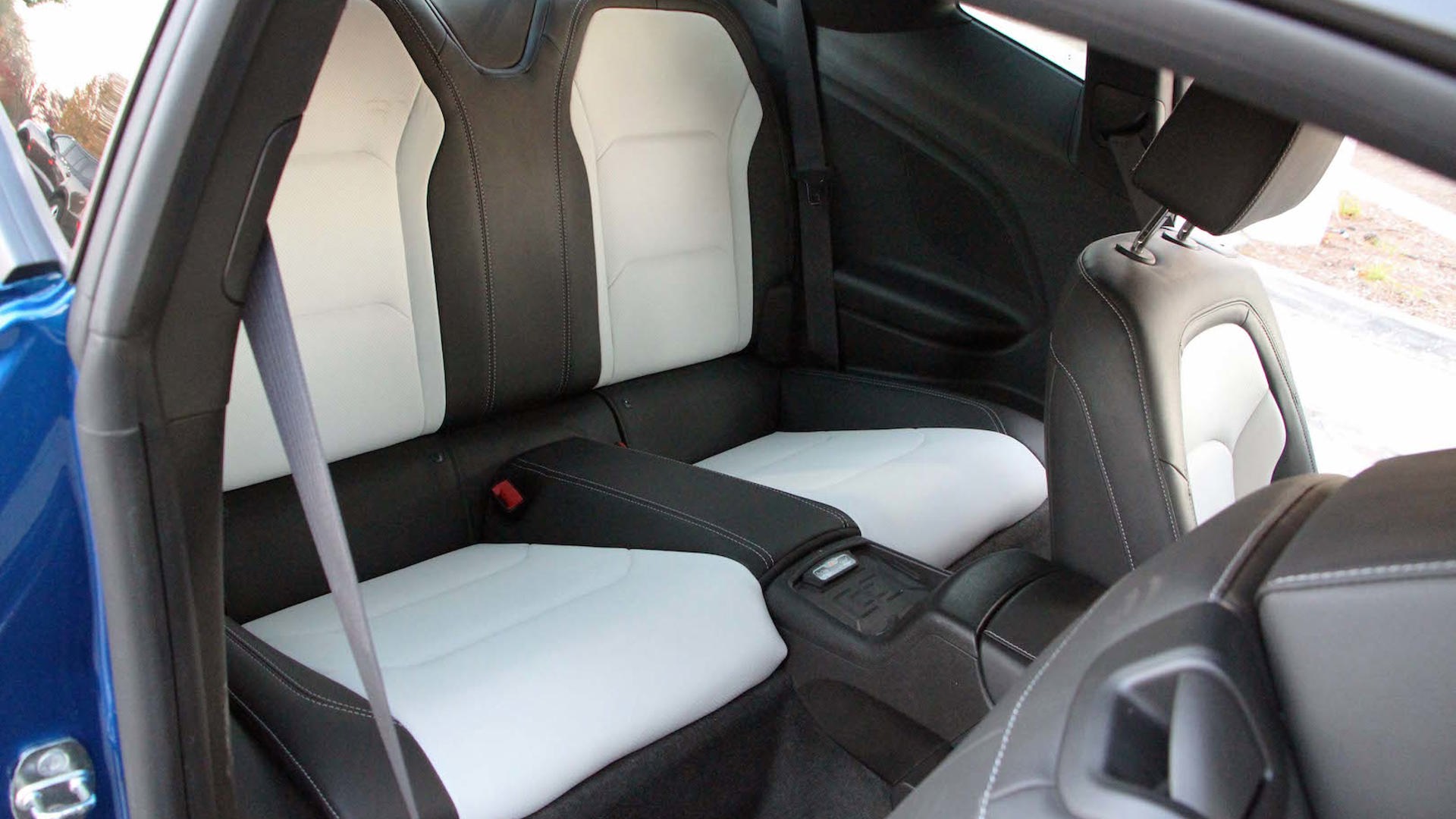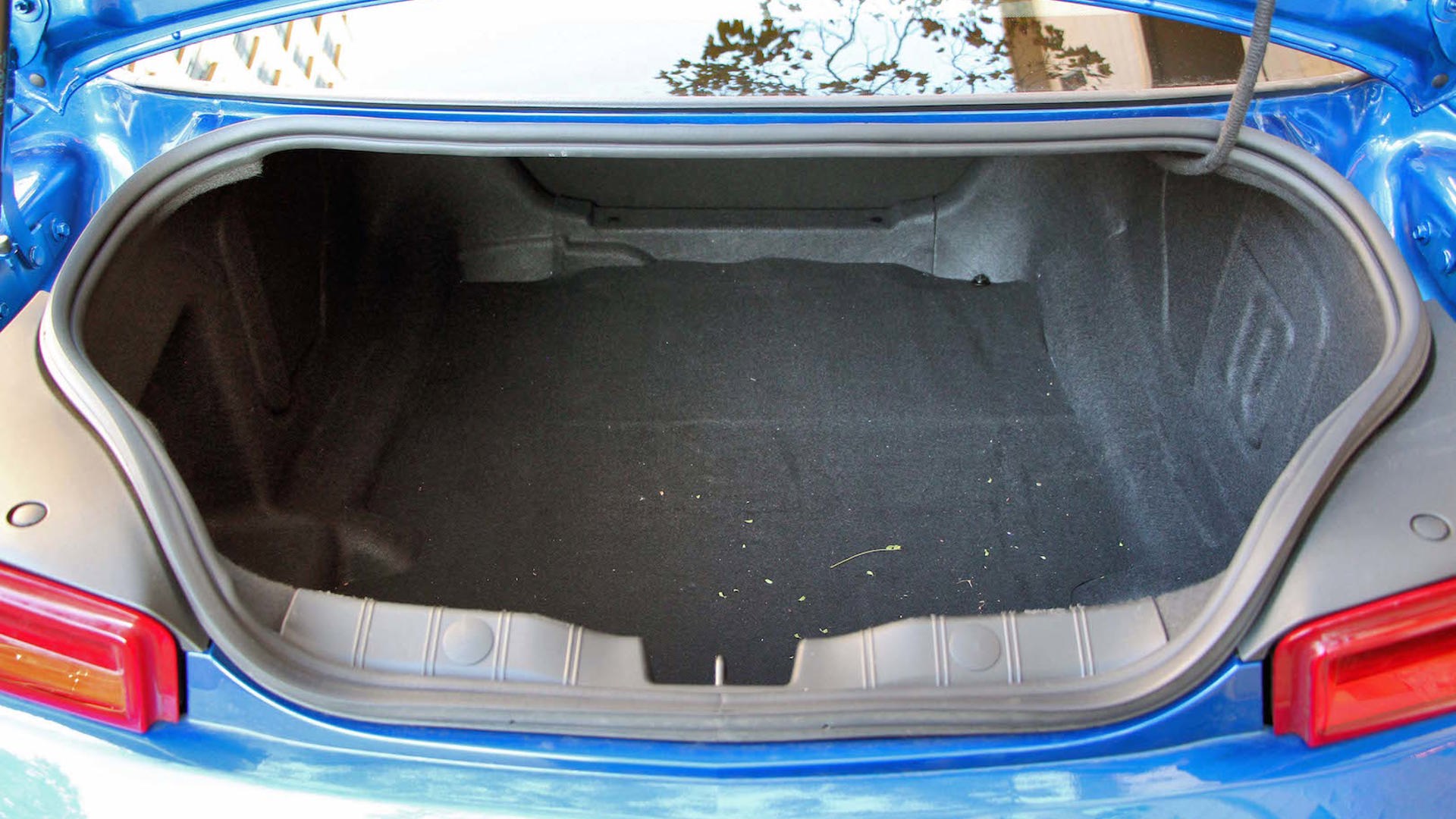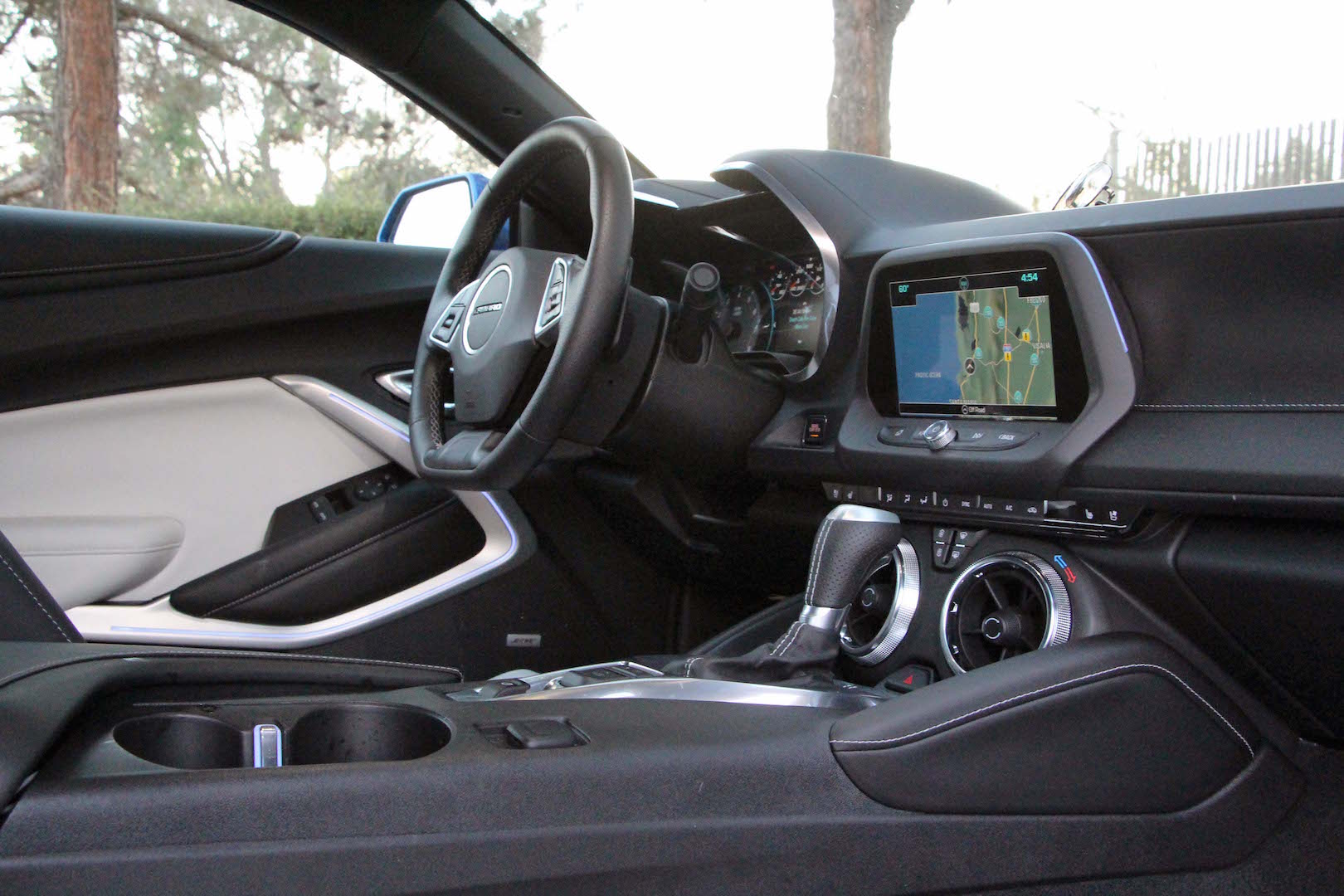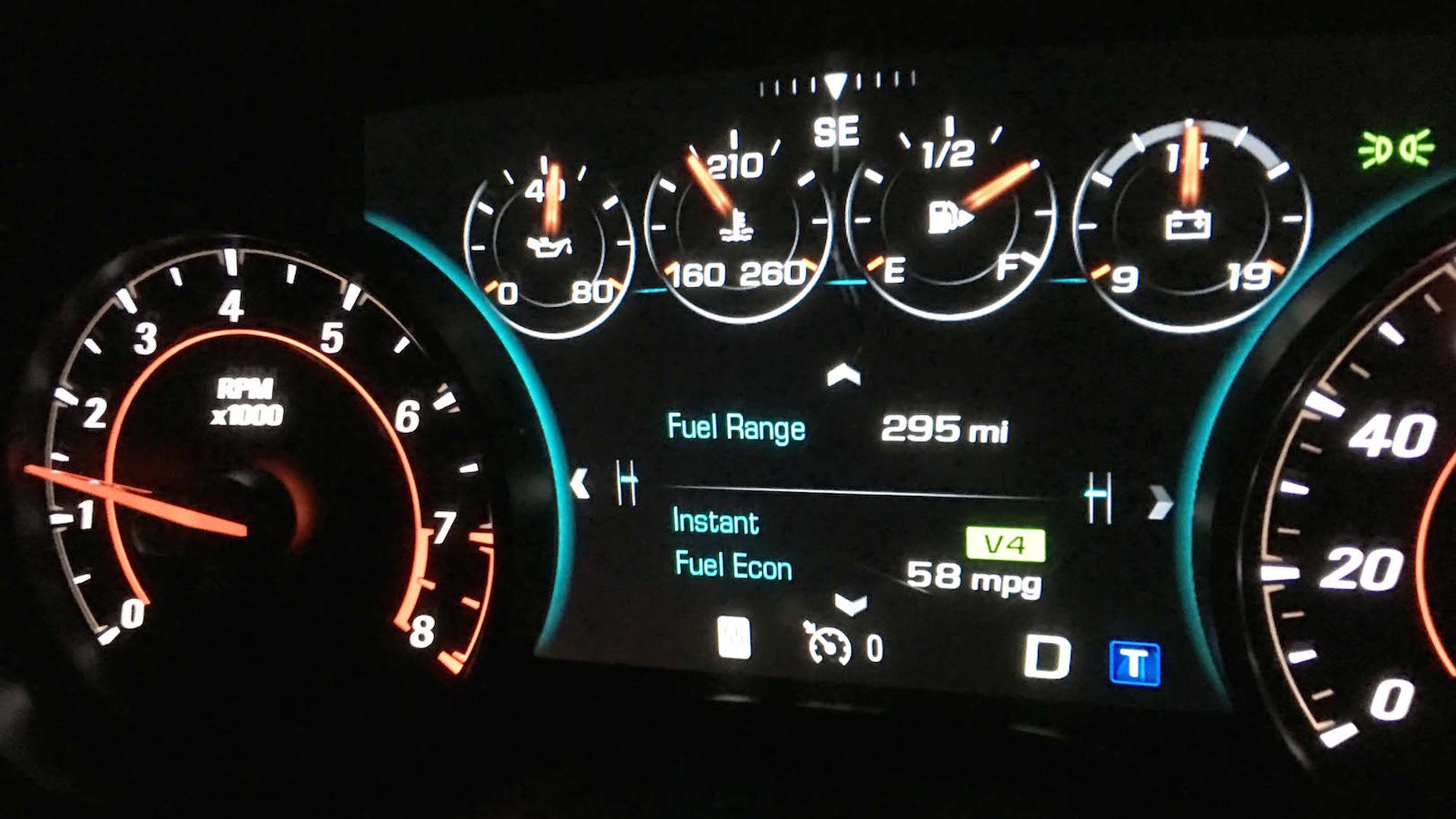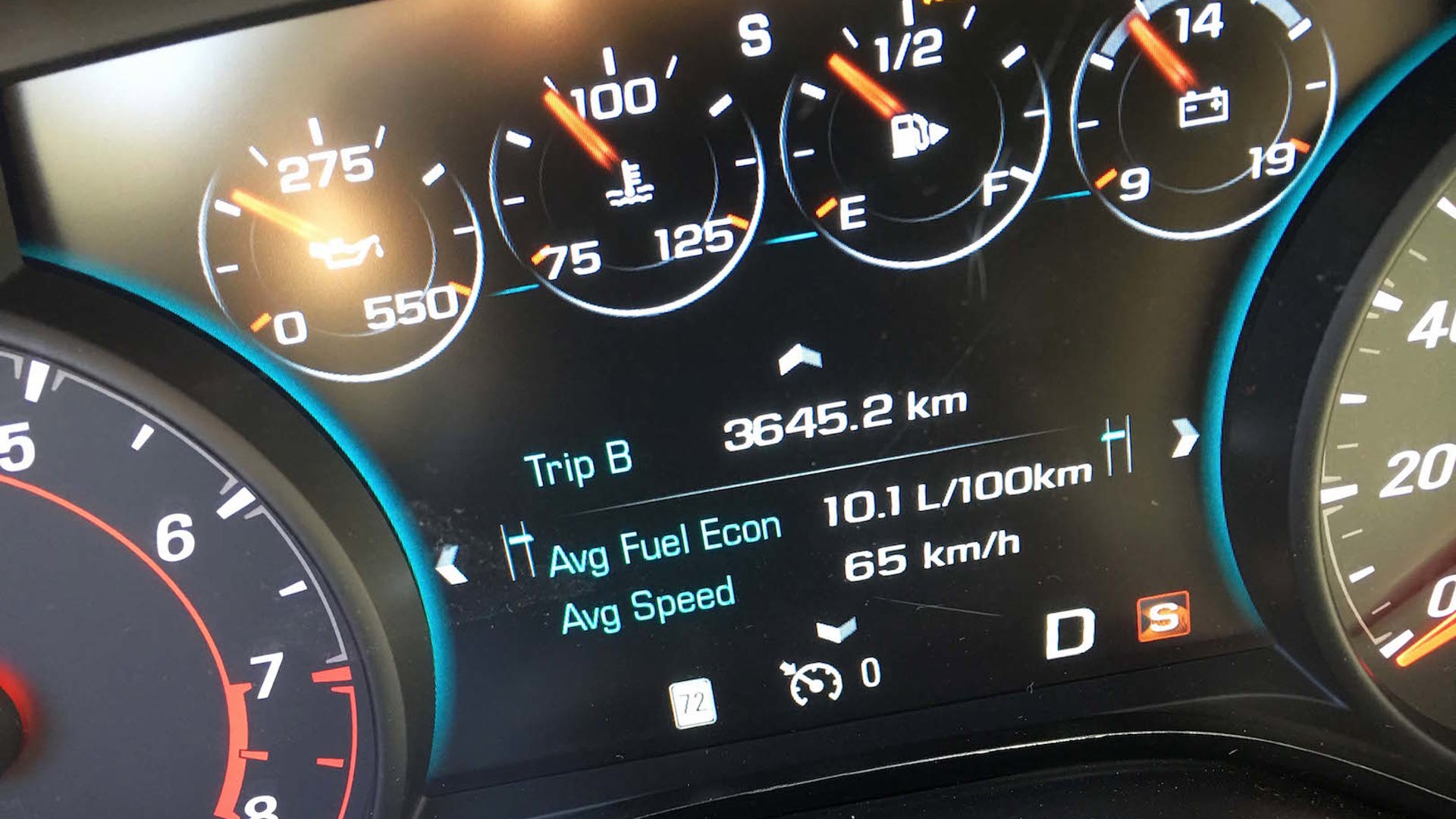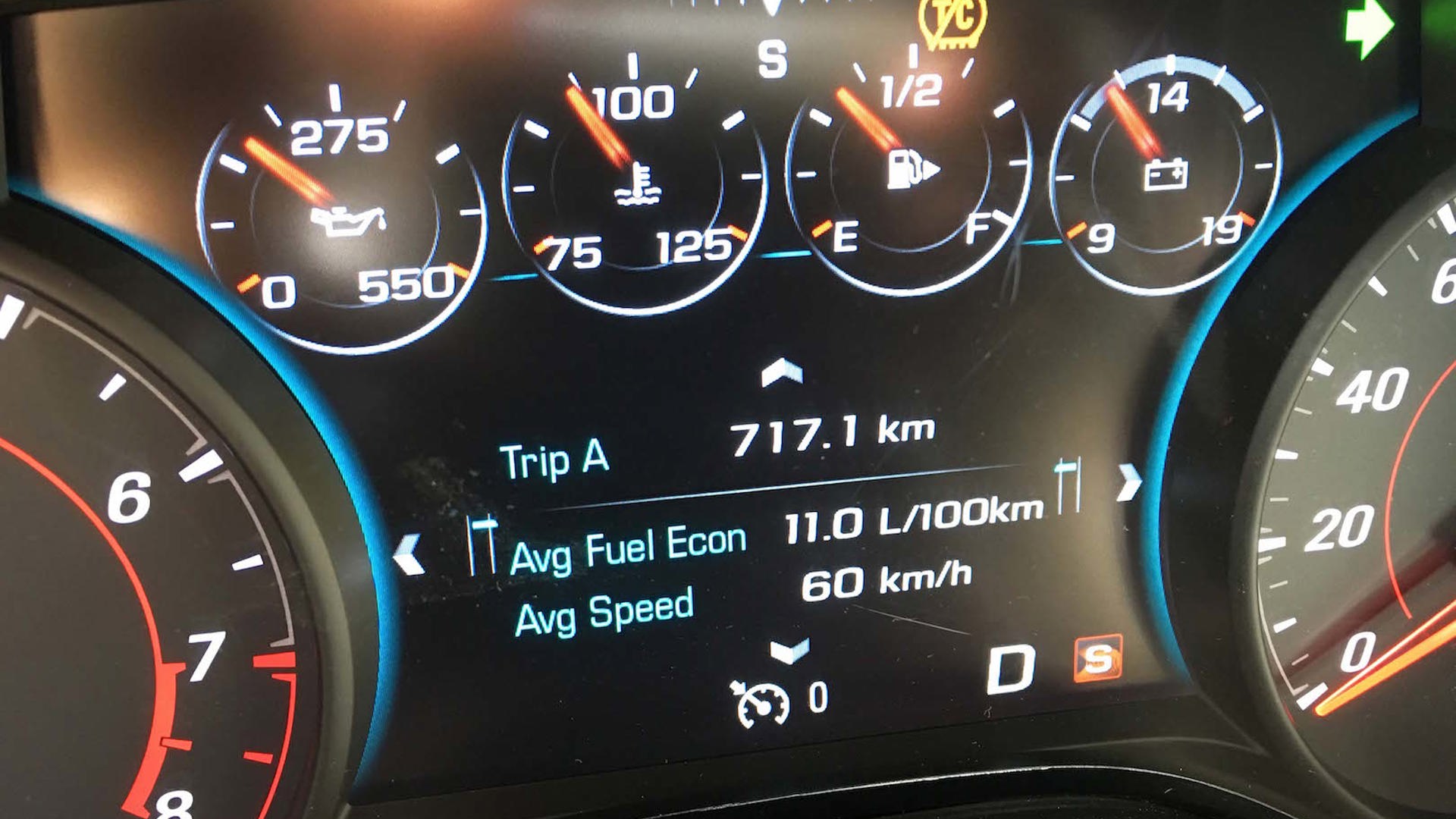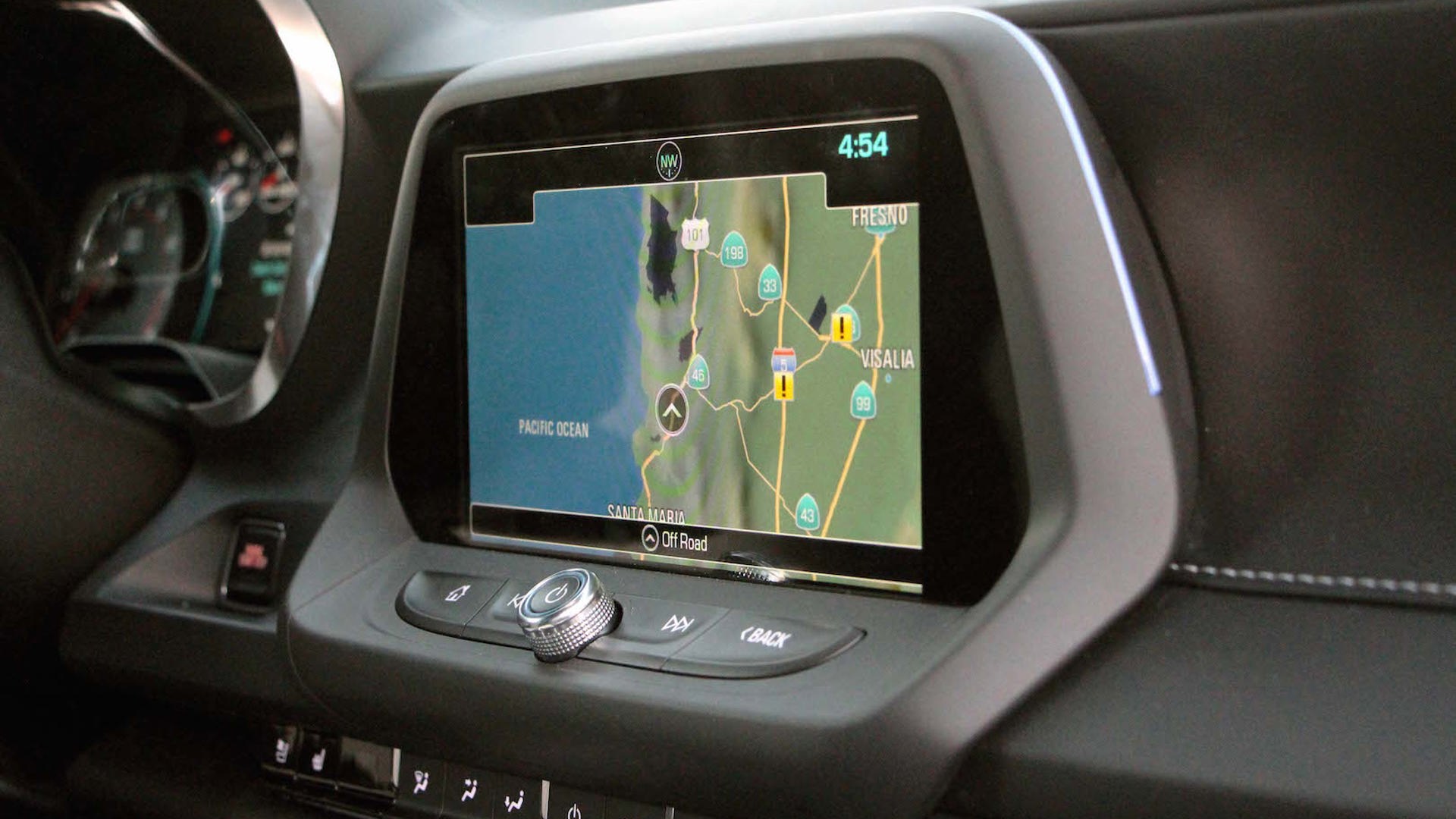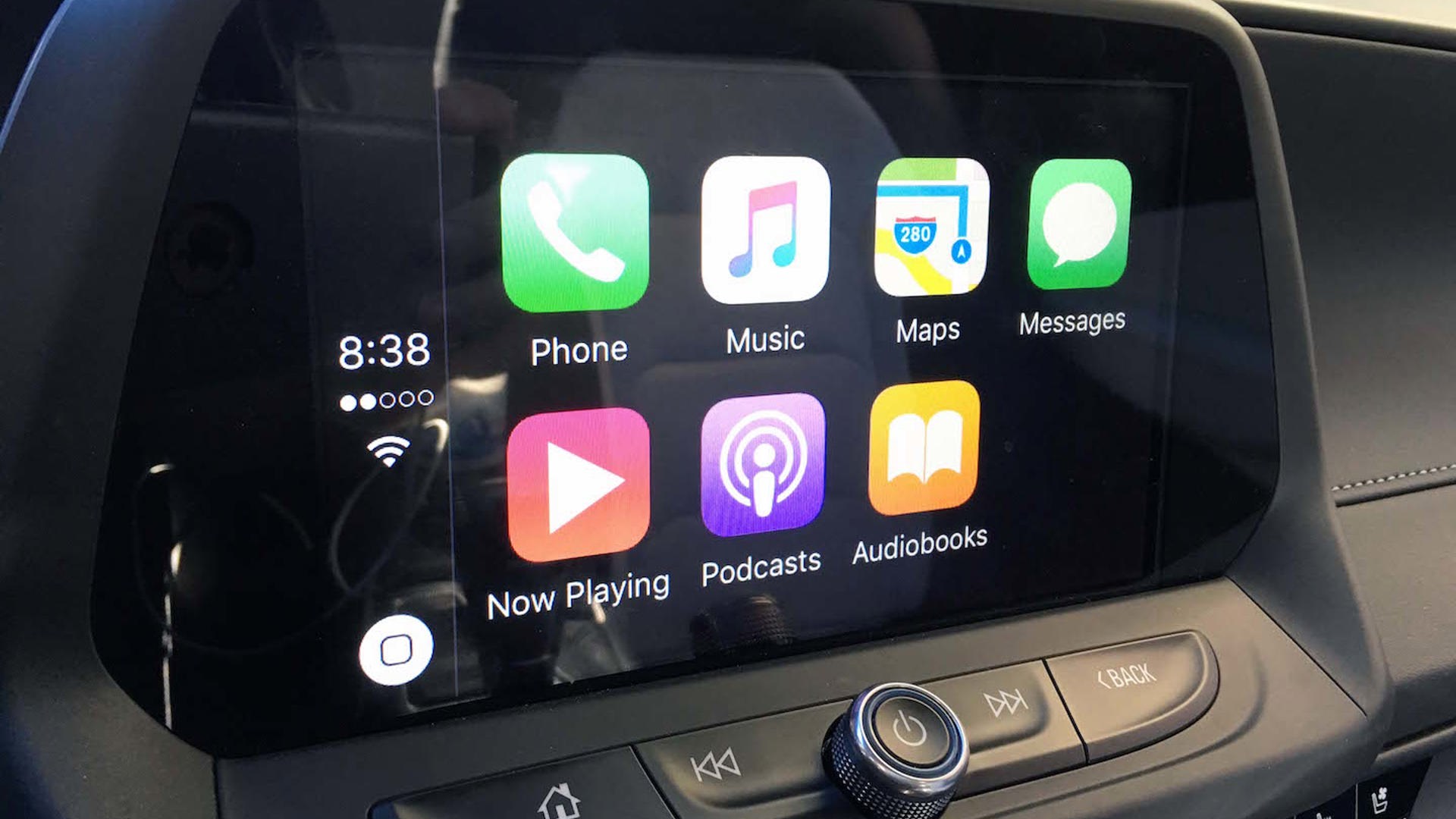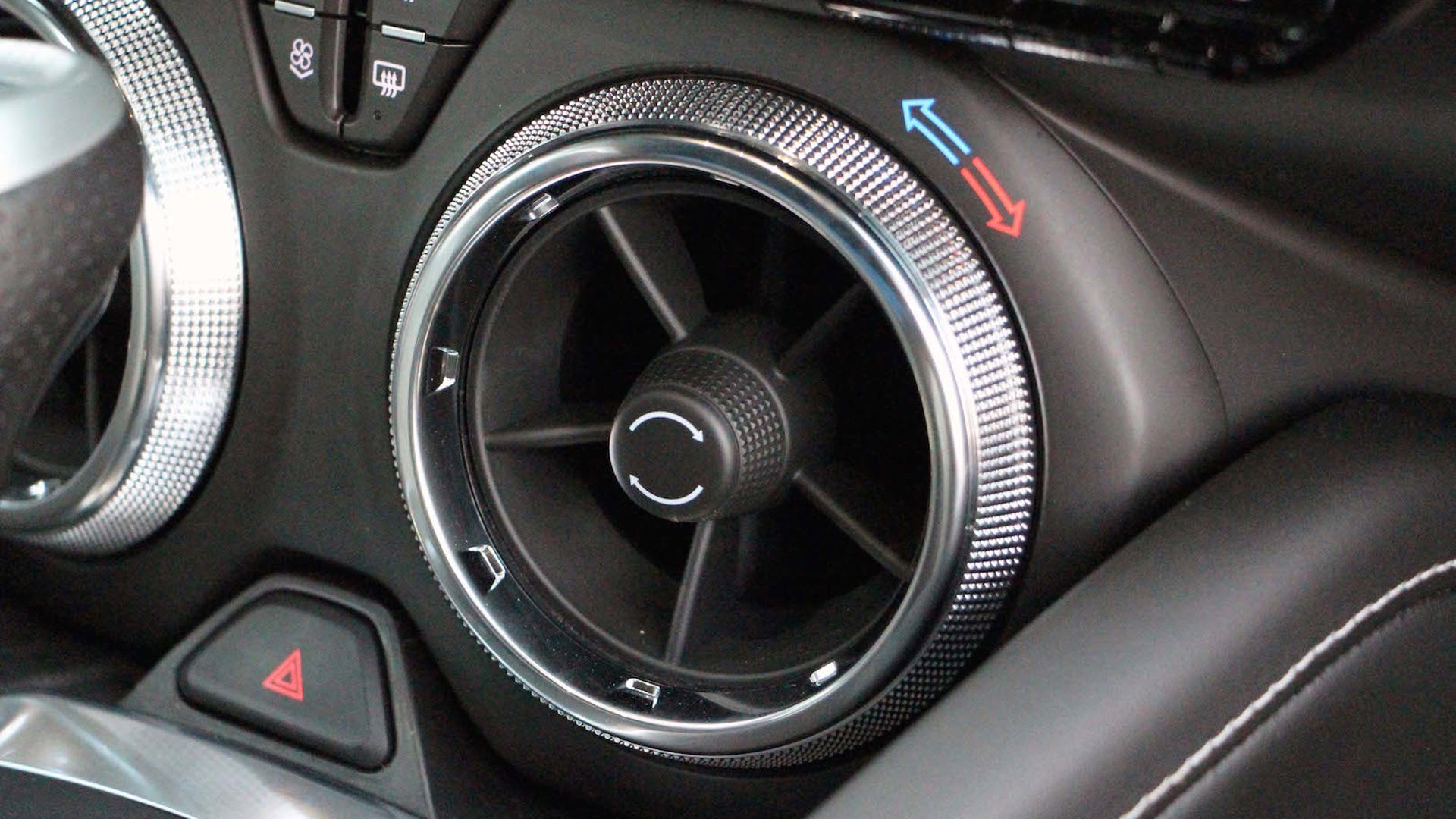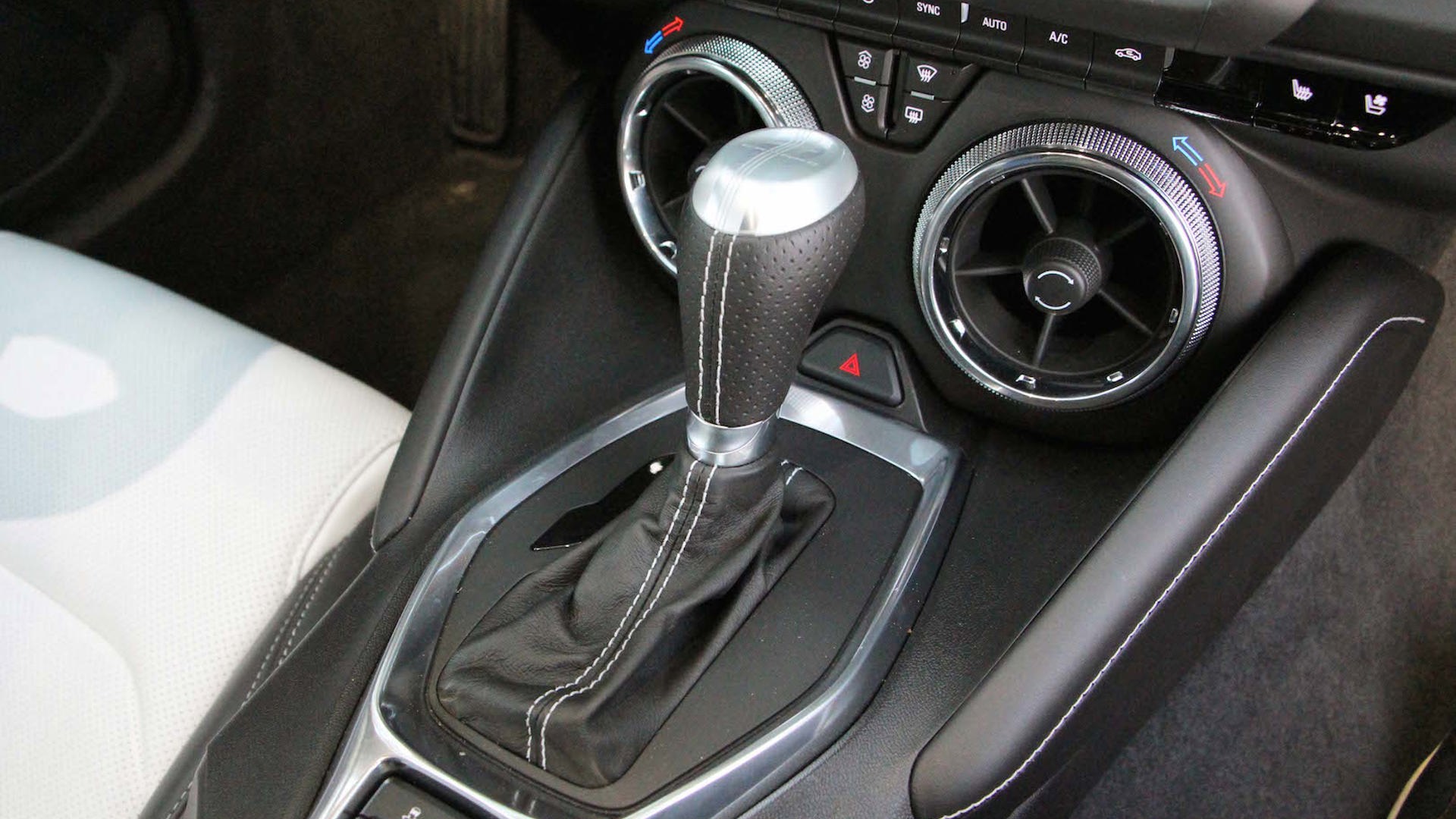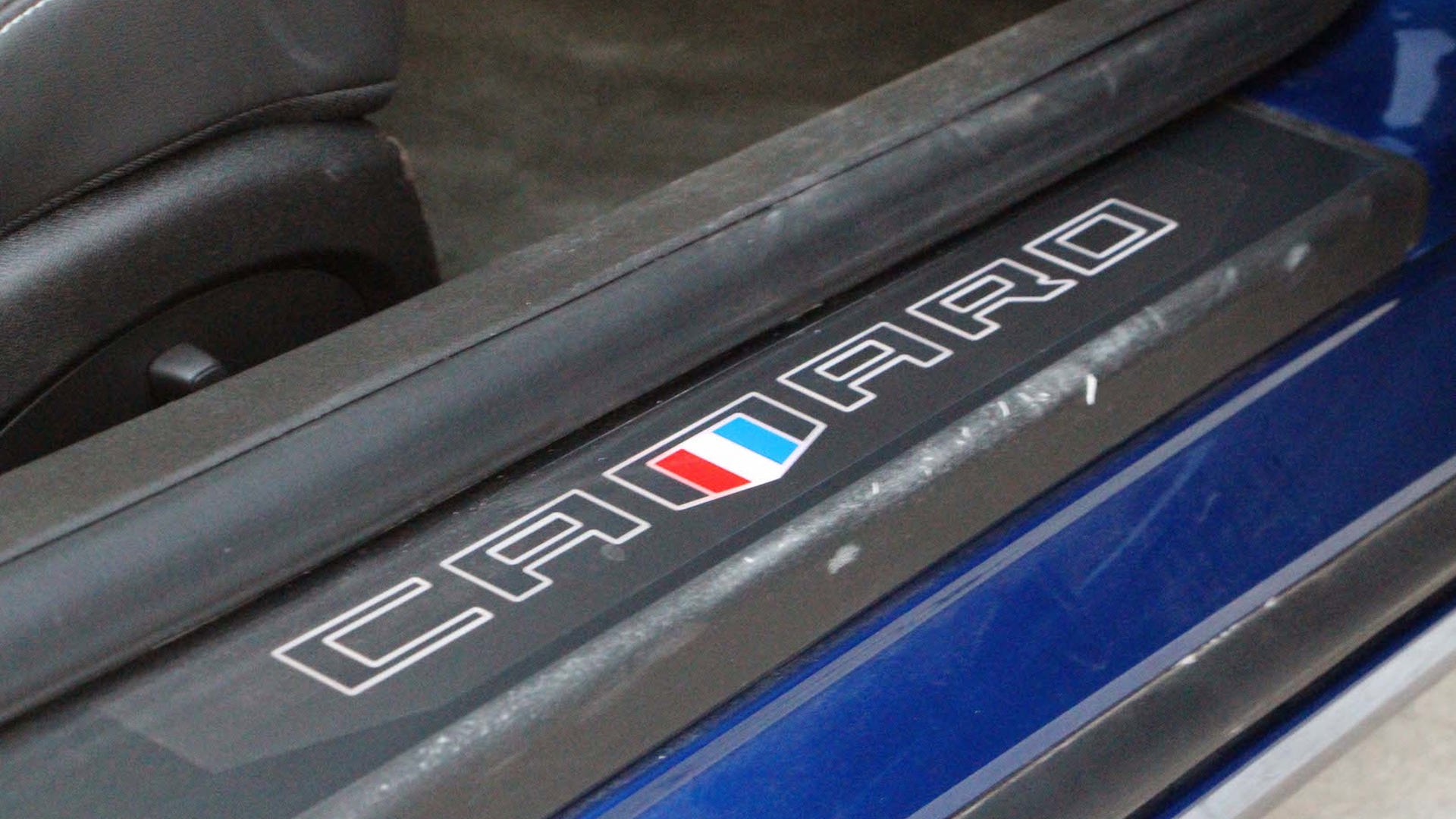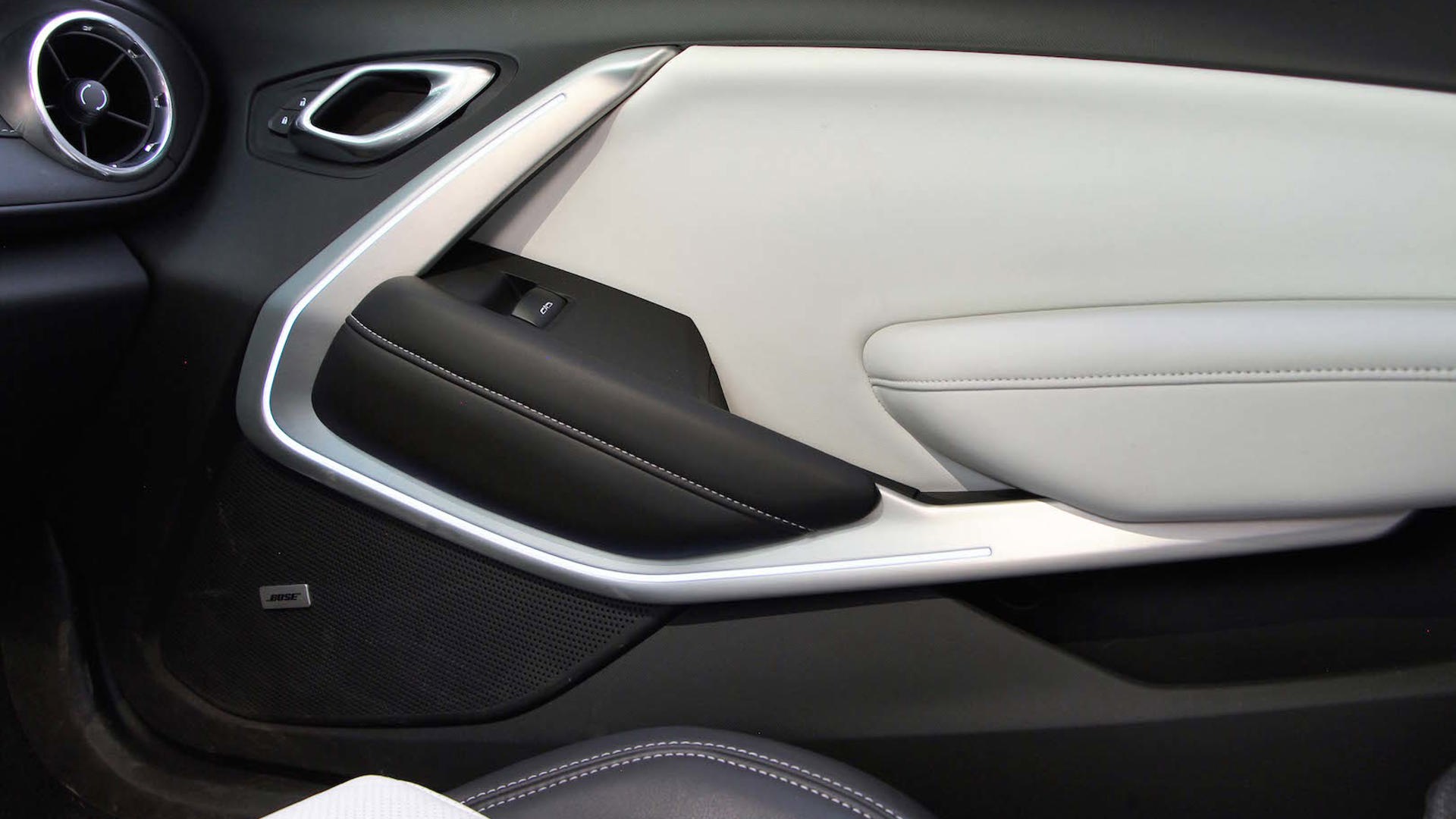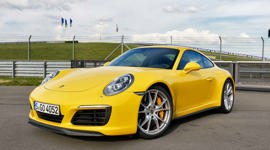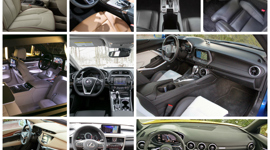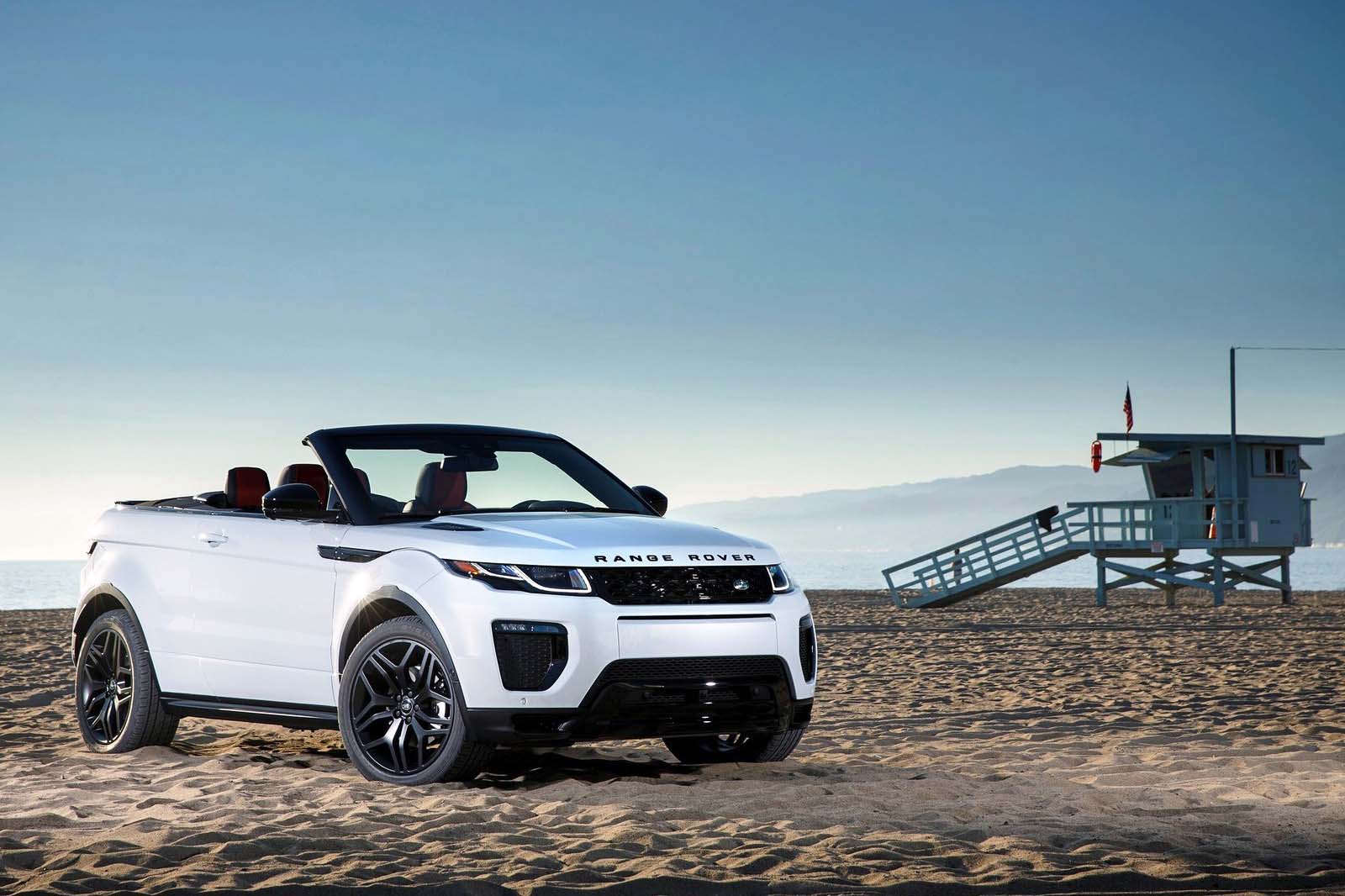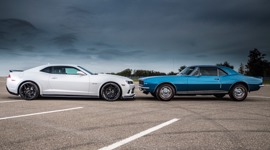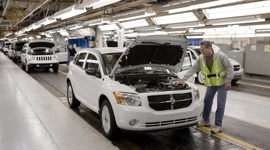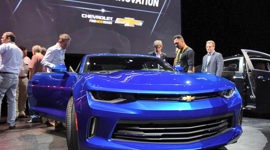24 hours isn’t nearly enough.
Since essentially forever, I’ve dreamed of the epic drive from San Francisco to Los Angeles along the Pacific Coast Highway, California’s State Route 1, its own mini-mother road.
The endless Pacific visible through the passenger window, forests, beaches and rocky outcropping unraveling as the road winds its way down the coast. Epic.
More recently, I’ve been waiting for the right car to come along to pair that bucket list item with a driving experience that would be just as unforgettable.
Mr. Right: the 2016 Chevrolet Camaro, introduced to members of the automotive media in an epic 48-state, 160,000-mile team effort to take the sixth-gen Camaro to every state in the continental United States. I requested this last leg in order to fulfill that dream in a car that would be ready and willing to tackle the twists and turns of one of the world’s legendary coastal roads.
Boy, was I right.
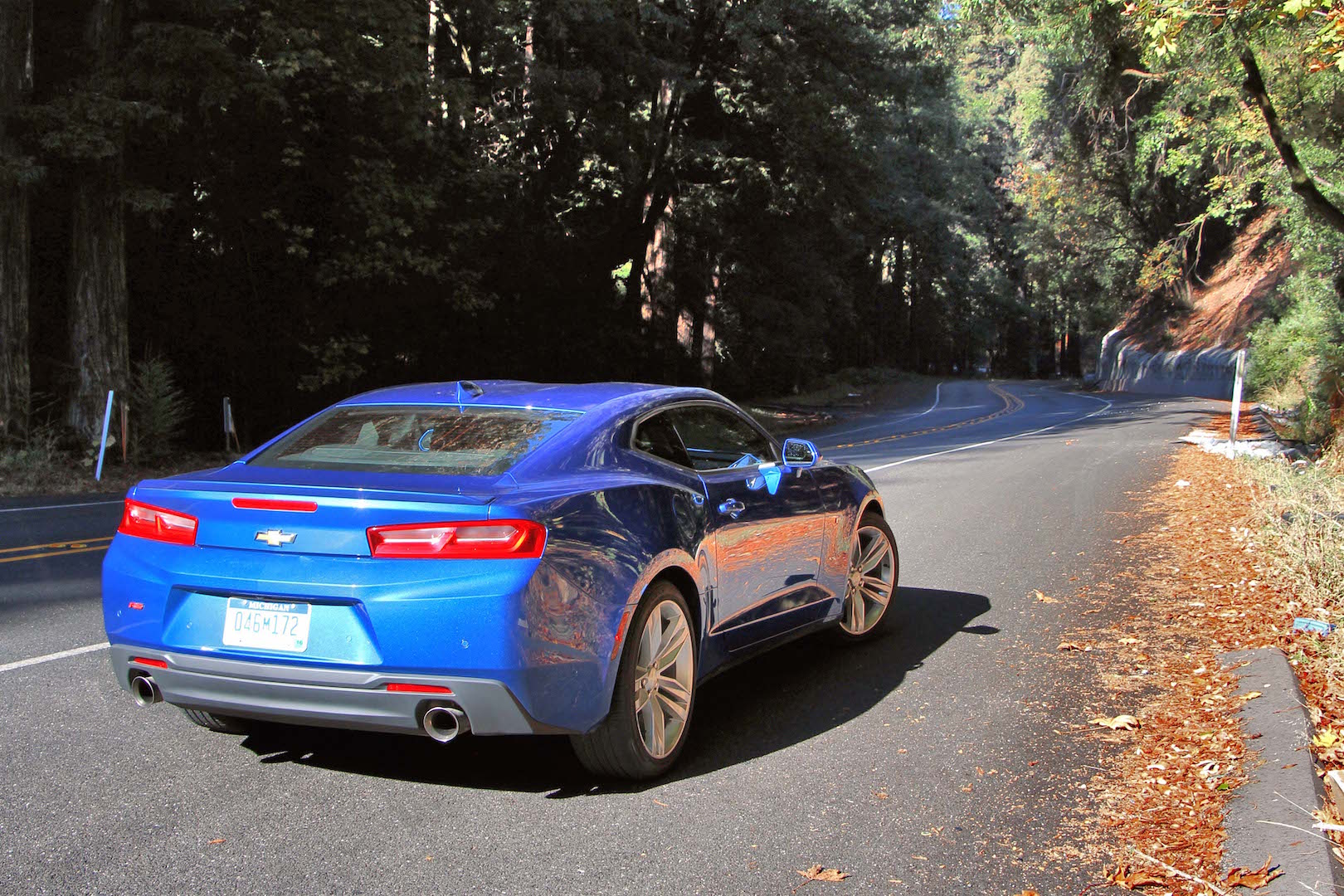
The new Camaro springs from General Motors Alpha platform, a modular, rear-wheel-drive platform (also capable of supporting all-wheel drive) underpinning the Cadillac ATS and stretched for the CTS, so the bowtie brand is getting some premium bones in their budget sports car. With greater use of high-strength steel, the core body structure (body in white) is itself 60 kg lighter, the V8 models 100 kg lighter than their predecessors, and the V6 133 kg lighter. GM is also adding a new entry-level 2.0-litre turbo powertrain that has more torque than the V6, but weighs 176 kg less than the 2015 V6.
We did not get a chance to sample the 2.0 turbo, but it is rated at 275 hp and 295 lb-ft of torque, weighing in at 1,514 kg with its eight-speed automatic, though a six-speed manual transmission is the base transmission with each of the three engine options.
As the luck of the draw would have it, I started the day in what will surely be the people’s choice V6 automatic. Oh joy. But as luck would have it, a Canadian colleague had the SS V8 (also in automatic) at a highly recommended photo stop on our California adventure.
En route to said scenic coastal backdrop, I got in the spirit of Chevrolet’s #findnewroads social media campaign and event theme when I saw a twisty road I simply had to drive!
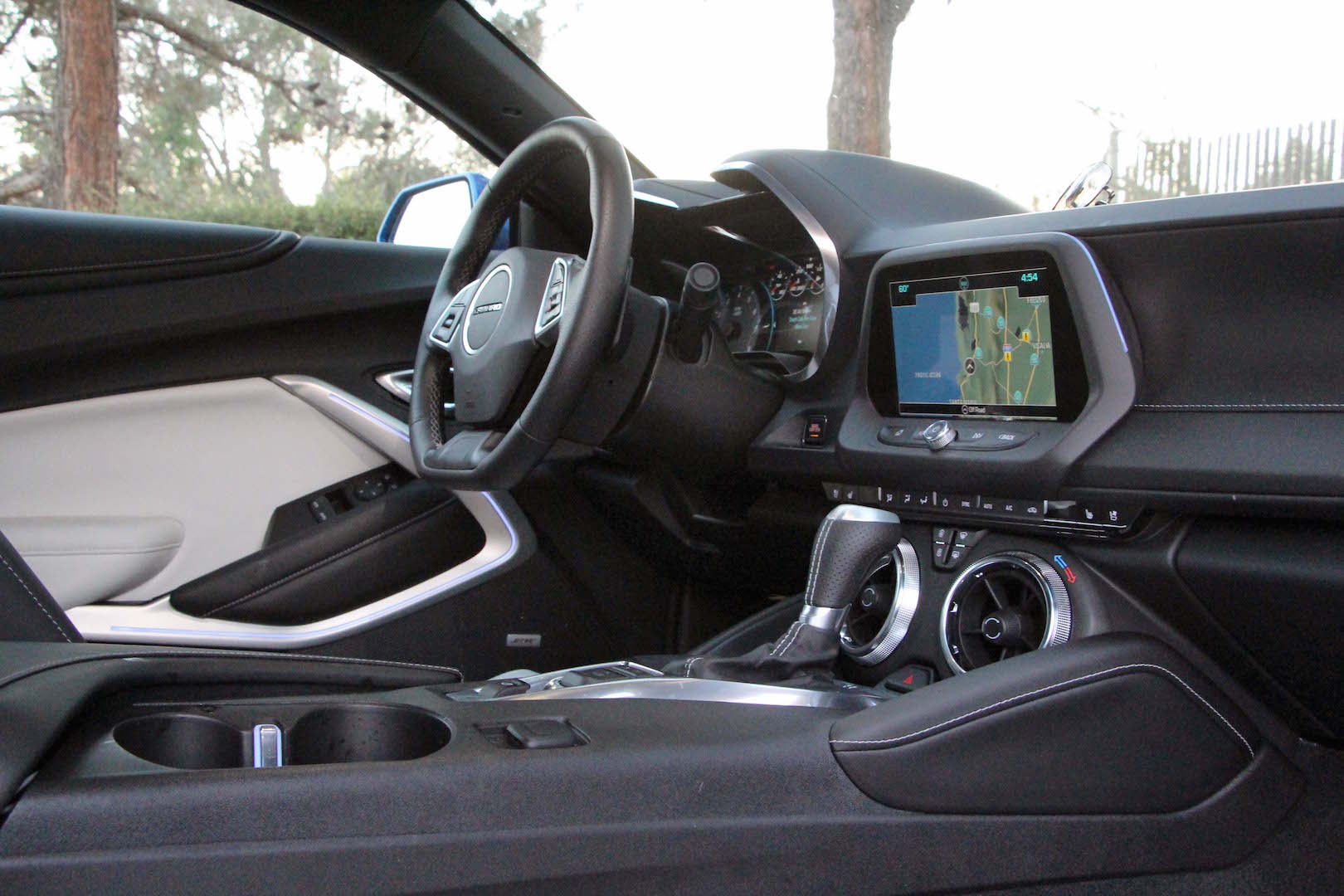
Aside from proving the ease of use of Camaro’s navigation system, this road invited me to explore the pony car’s handling. From the very first curve, the Camaro impressed. The increased rigidity of the platform, coupled with lighter, stiffer suspension components were more than a match for my first forays into pushing my limits on this trip. Turn-in was sharp and the Camaro was a natural at diving into corners and stringing together changes of direction along these canyon roads. Thank you sir, may I have another!
The climbing sections also showed that the Goldilocks 3.6L V6, even as the least endowed with torque, was still no slouch at 284 lb-ft and 335 hp, which peak at a 5,300 rpm and 6,800 rpm respectively. Power builds evenly and quickly, and is accompanied by a proper guttural V6 growl, something distinctly lacking in its rival from Dearborn. This V6 tune is a little less racy and more of a sledgehammer than in Cadillac application and well suited to this car’s character.
The eight-speed auto was best left to its own devices when the car was dialed into Sport mode, but on such tight roads, sticking with second gear was also an option with the car’s manual mode. The transmission acquitted itself well throughout the trip, from its seamless, efficiency oriented shifting in Touring keeping revs low as I cruised the highways, to eager downshifting on hard braking. However, we had little in the way of rush-hour commuting hell to truly test it in the life it will be consigned to in reality.
My appetite satisfied for the moment, I caught up with the PCH just south of Freedom (how perfect is that!?!?! I kid you not.) and boogied down through Monterey and into Pacific Grove, though I couldn’t resist pulling into Moss Landing State Wildlife Area to see the seals frolicking or some of the graceful wading birds lounging in the shallows of Elkhorn Slough. If you’ve ever pictured classic California coastal scenes, chances are it looks like Pacific Grove’s incomparable view across Monterey Bay and the Fort Ord Dunes State Park. I then proceeded to take umpteen million pictures in seventeen different parking lots trying to capture that perfect Camaro-California postcard shot.
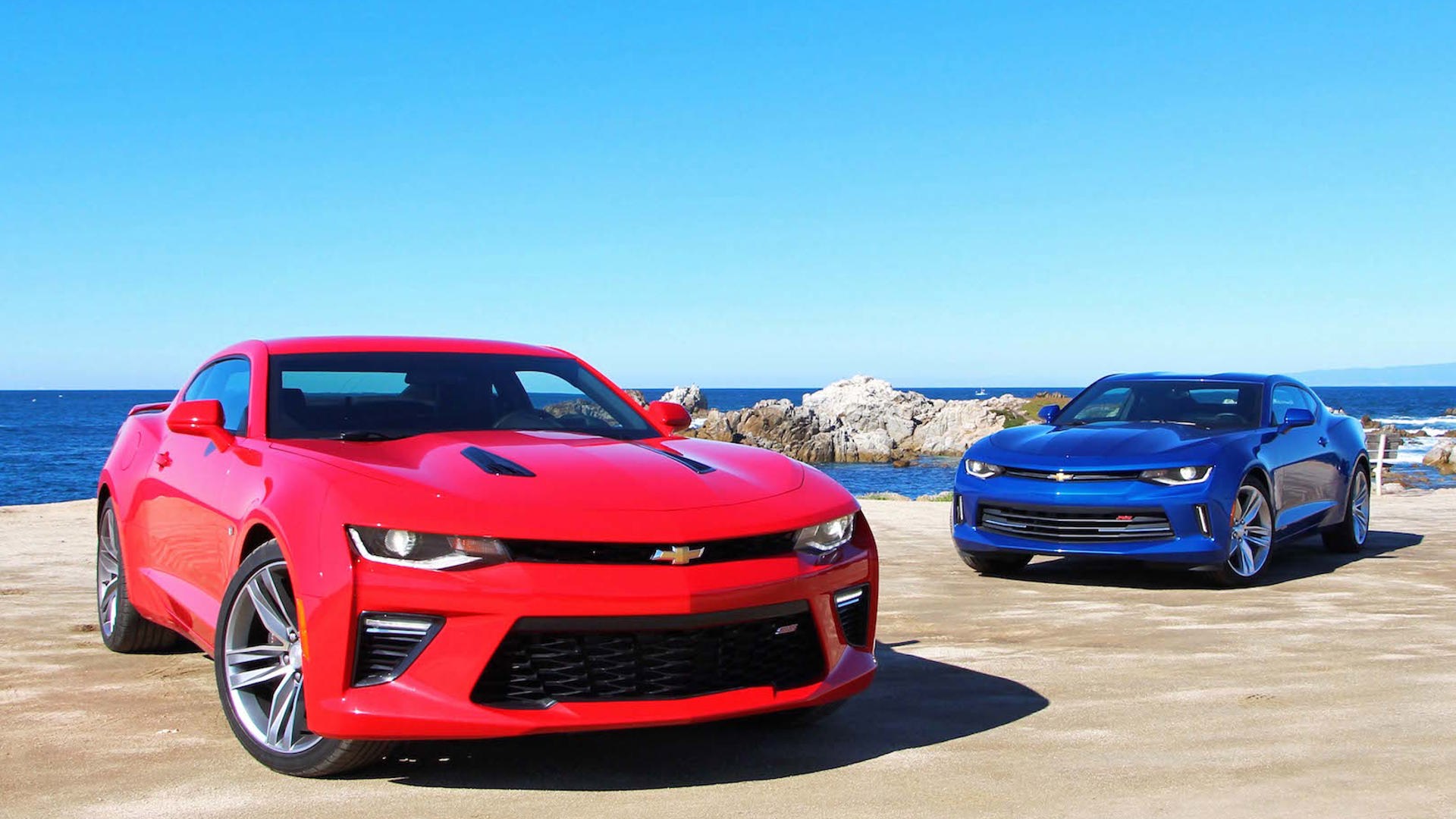
After meeting up with my colleague and getting our fill of photography, we continued on by way of Scenic Road – not as in a scenic road, but Scenic Road is literally its name, and for good reason – back to Route 1, but this time I was in the red car. The SS. The full-bore V8 muscle.
This generation, the Camaro SS is equipped with Chevrolet’s LT1 6.2L V8, the same overhead-valve V8 as in the base Corvette, with 20 percent Camaro-specific components including new, tubular “tri-Y” exhaust manifolds along with now common variable valve timing, direct injection and aluminum block and cylinder heads. When equipped with the automatic, it also has cylinder deactivation (as do automatic-equipped V6s) for greater efficiency if you ever take your foot off the throttle for long enough. I did not.
Instead, I promptly tested GM’s claims of a 0-60 mph time of four seconds flat with the automatic. Sounds about right. The SS ramps up to peak 455 hp and 455 lb-ft of torque in the blink of an eye, and the Goodyear Eagle F1 rear tires are hopelessly overmatched until the car’s brains intervene - but without completely sabotaging a bit of wheelspin fun. When it does, the rubber compound catches up and translates all that torque into a wave of giddy acceleration. It can’t compete with the immediate g-forces of all-wheel-drive sports cars, but it has a definite way-too-much-but-just-right power-to-traction ratio that equals fun fun fun until daddy takes the keys away.
From a standing start, the power can easily overwhelm the tires, but the rest of the time, the SS felt eminently controllable and under control putting power down. A manual would have likely left me more to suffer my own ineptitude on occasion, but the eight-speed automatic helped smooth torque outputs while still being suitably aggressive getting down to the right gear to exit tighter corners. Granted, the coastal section of the PCH I drove wasn’t as tight as the canyon roads I explored in the V6, but the occasional steep inclines were heaven in which to let the V8 rip and roar for euphoric climbs up the road and the rev range.
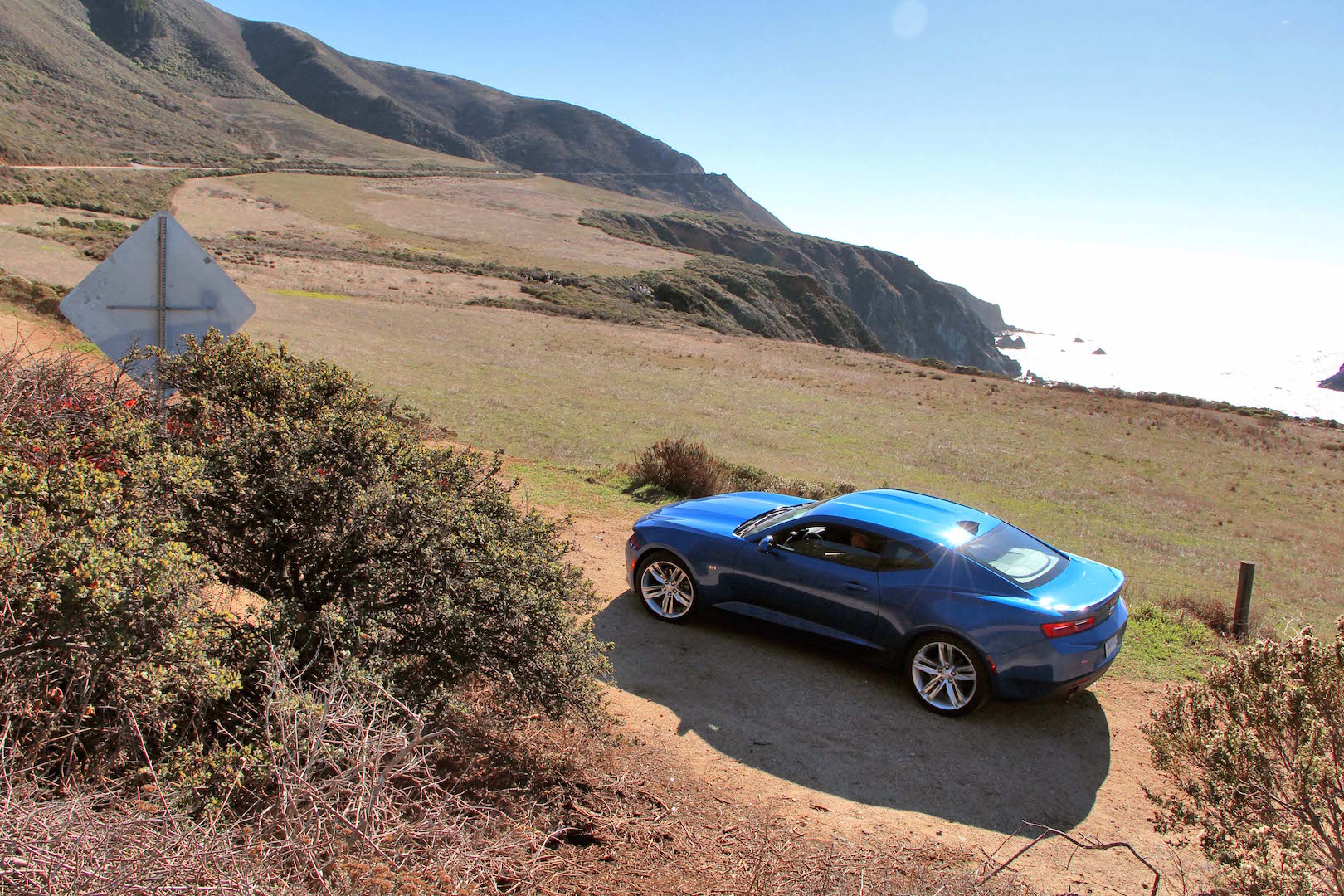
Brakes also measured up to the accelerative forces the V8 was capable of, the SS equipped with Brembo brake upgrade that is optional on the V6 models. However, later in the day in the V6 after one particularly tight and winding canyon road, I was concerned that some brake fade was coming into play. At that point, I backed off rather than chancing a meeting with the guard rails or plunging off a cliff.
After a brief tear in the V8, it was time to get back in my assigned chariot and keep exploring California’s driving diversity. I diverted briefly with the intention of seeing the redwoods of Sequoia National Forest and the famed General Sherman tree – the largest tree in the world! – but with the need to eat and sleep before catching a morning flight, it was simply too far into California’s interior, and much of the drive would have been in the dark. Any enthusiast drivers might want to check out Route 198 that cuts through Sequoia National Forest – it looks like a doozie!
On one calmer winding road I had the chance to appreciate the Camaro’s fine ride balance, which never felt punishing, even when clearly prioritizing a firm, sporty handling demeanour. The Camaro is very settled, its wide, low stance affording it an excellently low centre of gravity and the firm suspension keeps it planted in every situation, and even in the most extreme cornering that I threw at it, was locked into its steering line. Getting it loose would require a closed course in optimum conditions such as these. On the highway, too, it is steady and effortless and eats up miles without the noise becoming overbearing, though the excellent stereo system helps soothe any road and wind noise you detect.
Speaking of the infotainment system, like all new GM products, it is equipped with 4G LTE Wifi, Onstar services and Apple Carplay or Android Auto. It was my first chance to play with Apple Carplay, and I’m quite keen to use it some more as first impressions were very favourable.
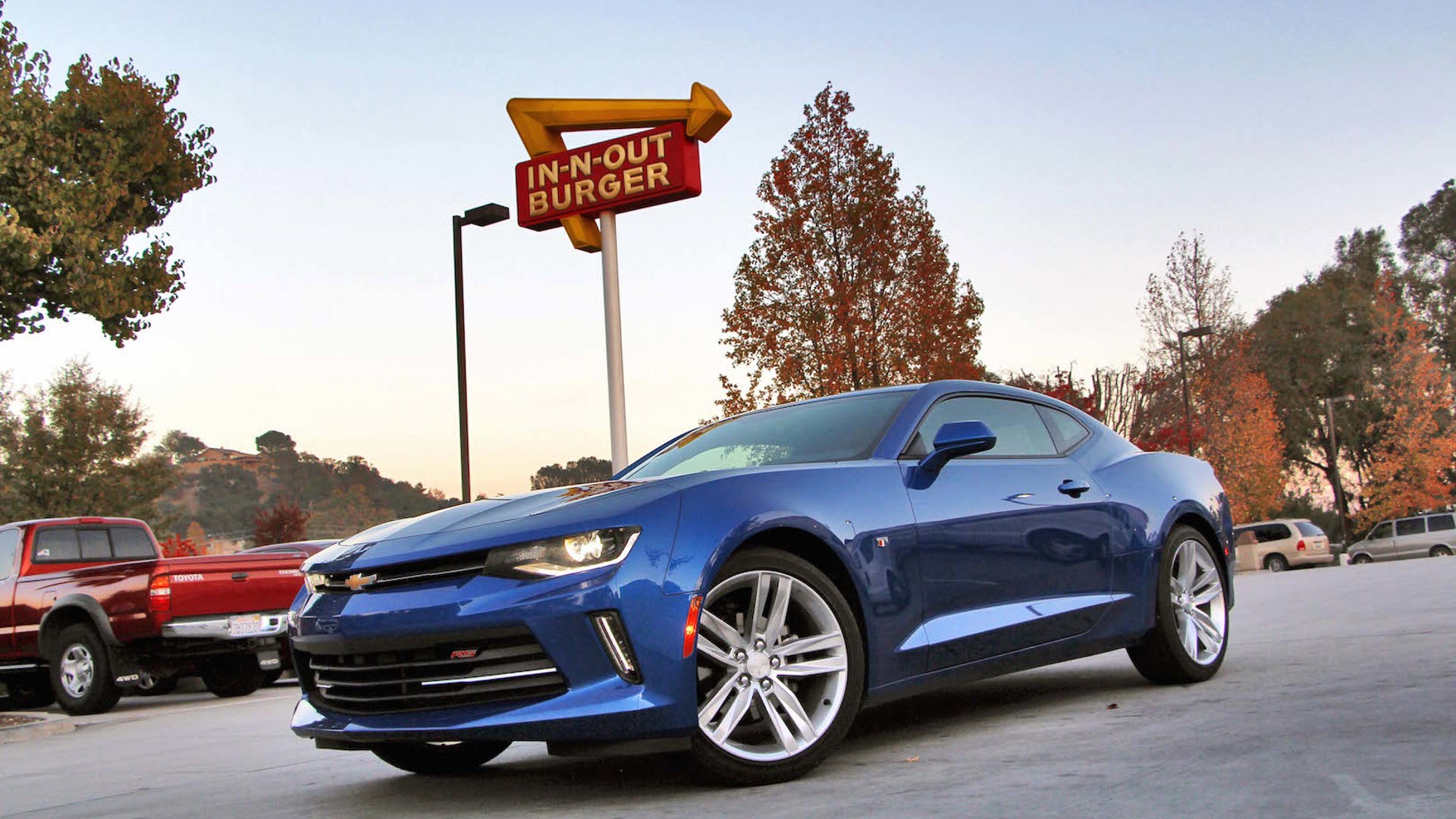
Anyhow, after stopping at my favourite California burger joint and refueling the car as well, it was time for the final leg and into Santa Monica for the night so I would not miss my flight – staying anywhere on the outskirts of LA would have meant battling peak rush-hour traffic just to arrive in time for my boarding procedure, a hopeless mission on LA’s disastrously congested freeway system. It was getting late, but the navigation was again full of squiggles, so I found the squiggliest one I could find between the faster 101 that take one inland through Thousand Oaks and the more scenic 1 that goes right through Malibu and its gorgeous coastal homes of the rich and ridiculously rich.
This is the driving playground of the Santa Monica Mountains, where pretty much every road is the kind of epic driving road we rarely encounter here in Ontario or much of Central Canada’s rather flat, straight road system. The entire area is crisscrossed with roads that hug the canyon passes of this coastal mini range, a driver’s heaven that I would have gladly spent days covering in the Camaro, popping out onto Mulholland Drive that leads into Los Angeles through either Beverly Hills or Hollywood.
However, at night, on a road I’d never driven before, in a car that I was just getting to know, it was mostly scary and “Oh God, I don’t want to plummet over that cliff edge or plow into that canyon wall…” While the Camaro’s HID headlights were bright and clear, the lack of a cornering function kept many of the twists and turns in the dark until I was in them – not a recipe for confident driving. Here also, the Camaro’s size and outward visibility made staying inside the lines a challenge. Albeit smaller than the previous generation, it still feels bulky, sizewise, even if it leaps at inputs and shows its weight loss gleefully at every curve. While clinging to my fear to keep the car intact and pristine, the Camaro still delighted as it wove through the corners down the ominous and pitch black canyon, the steering alive and responsive, the engine zinging and exhaust growling. It was THE road for the trip for me showing the prodigious abilities of this new sports car, yet also showing its limitations, few as those may be.
Just a short time later, I was checked in and enjoyed a cold drink on the Santa Monica Pier safe and sound, but already missing the thrill and adrenaline of such driving intensity. That longing won’t go away anytime soon.
